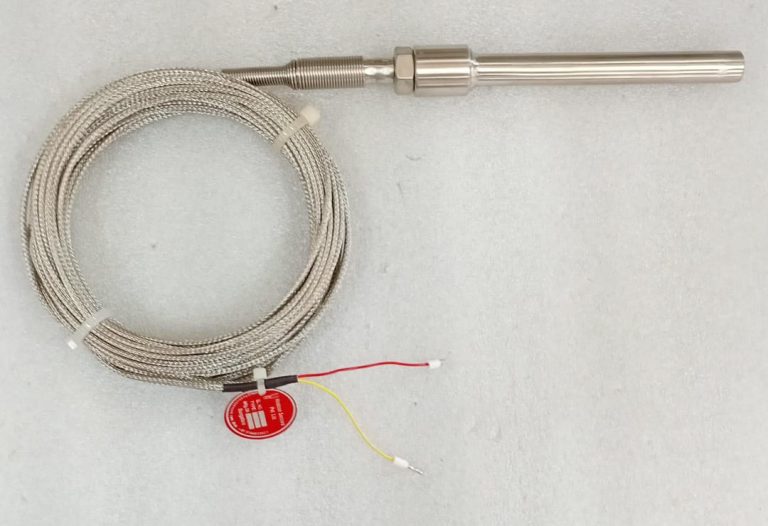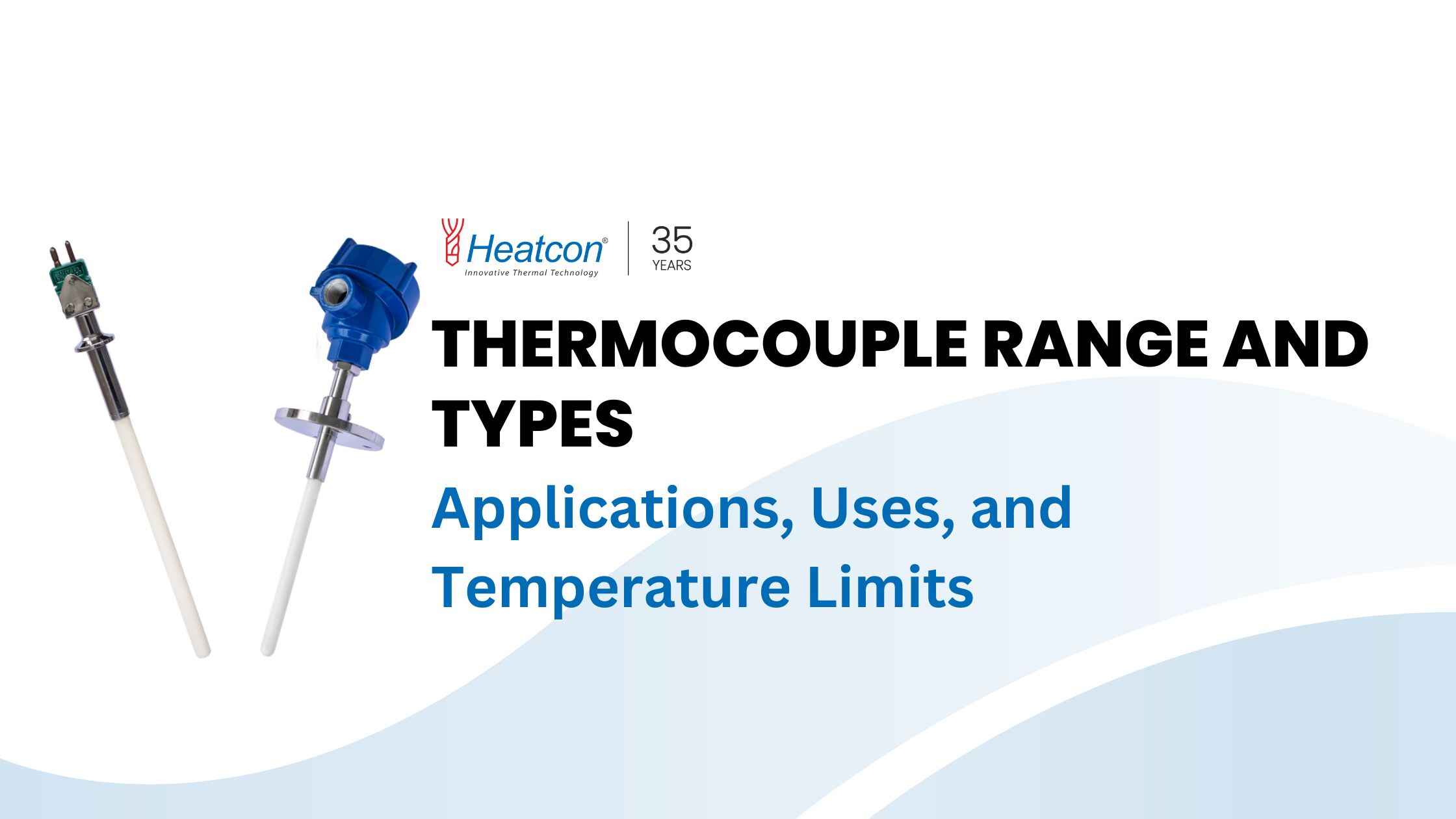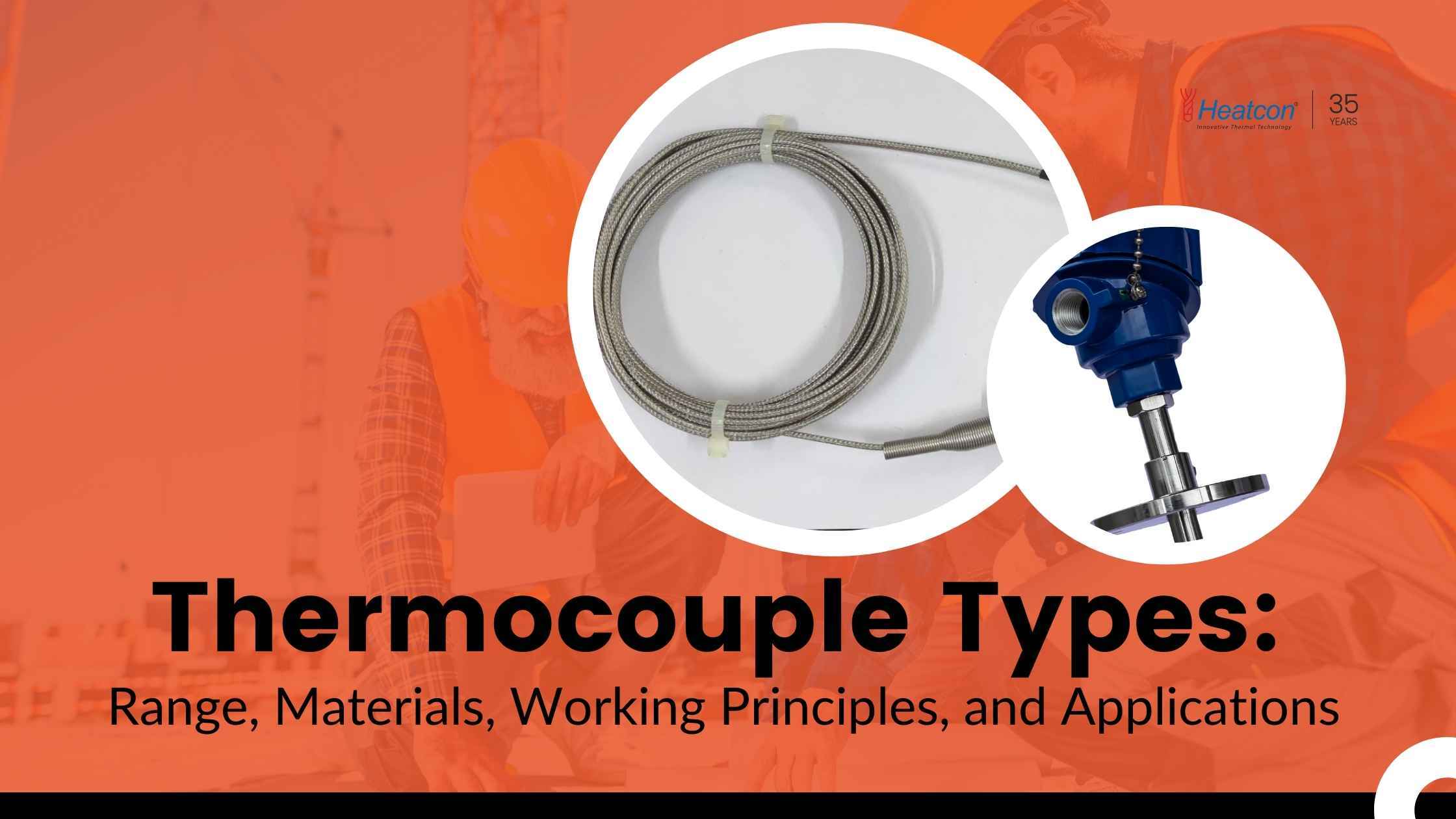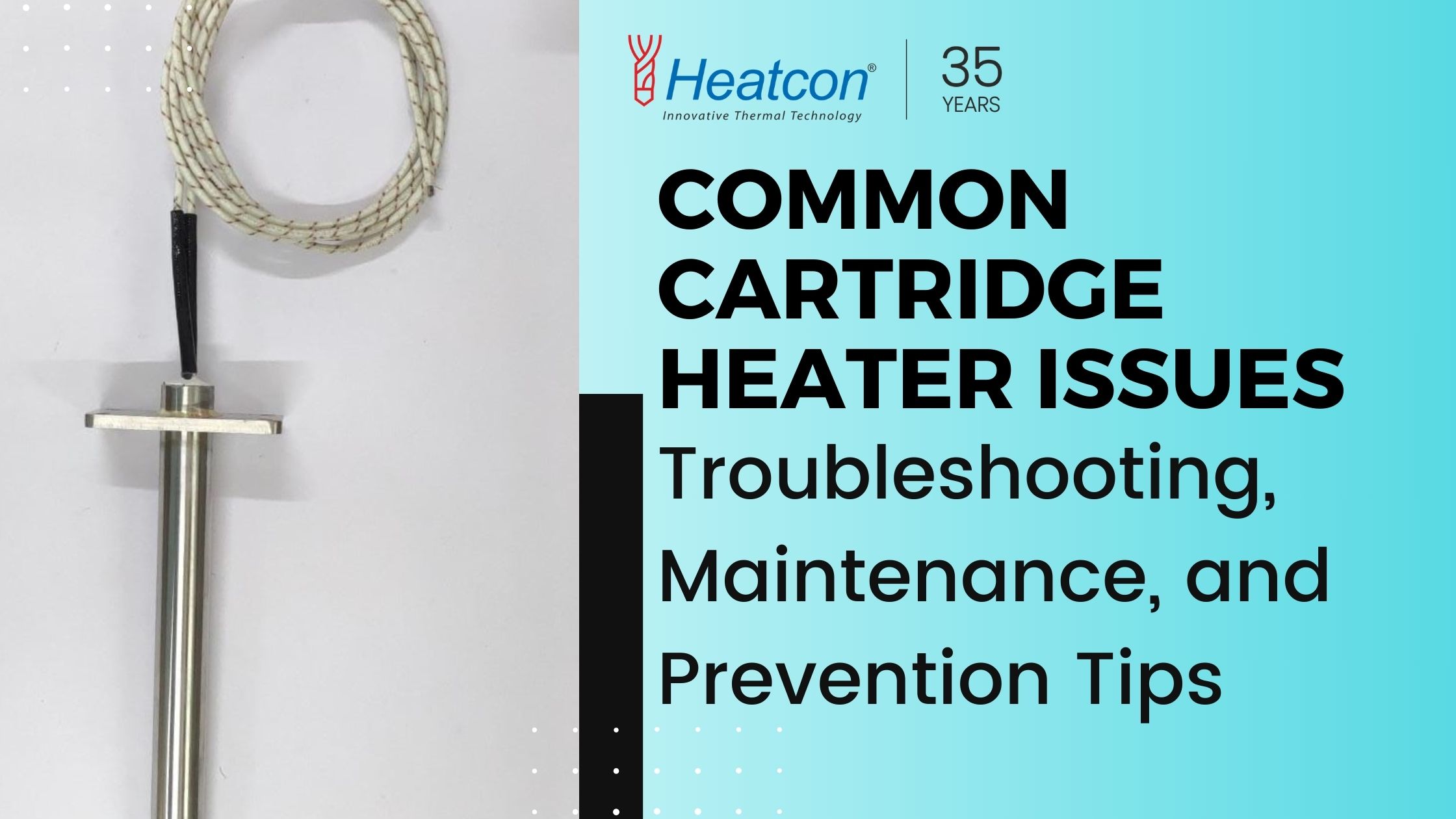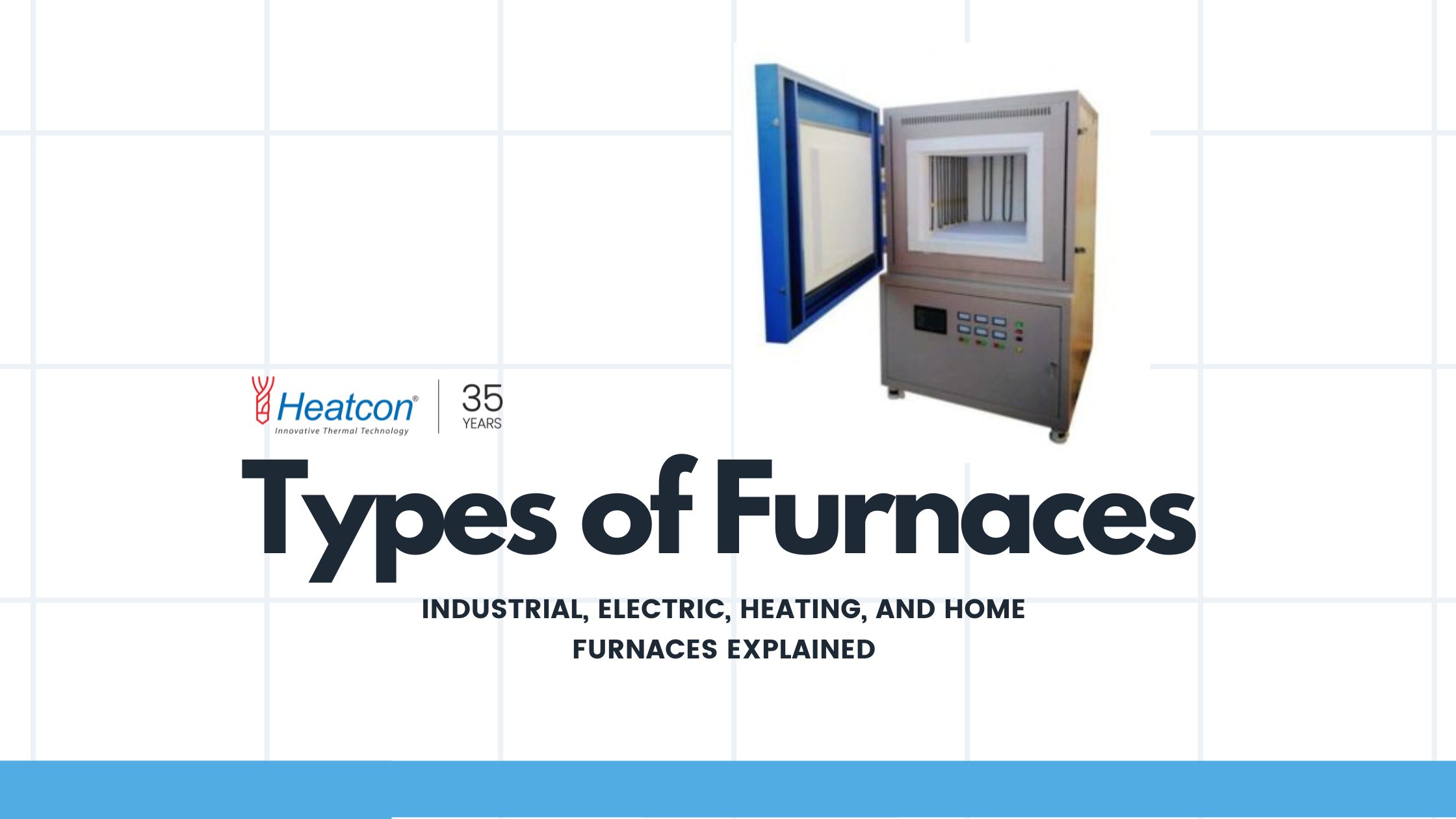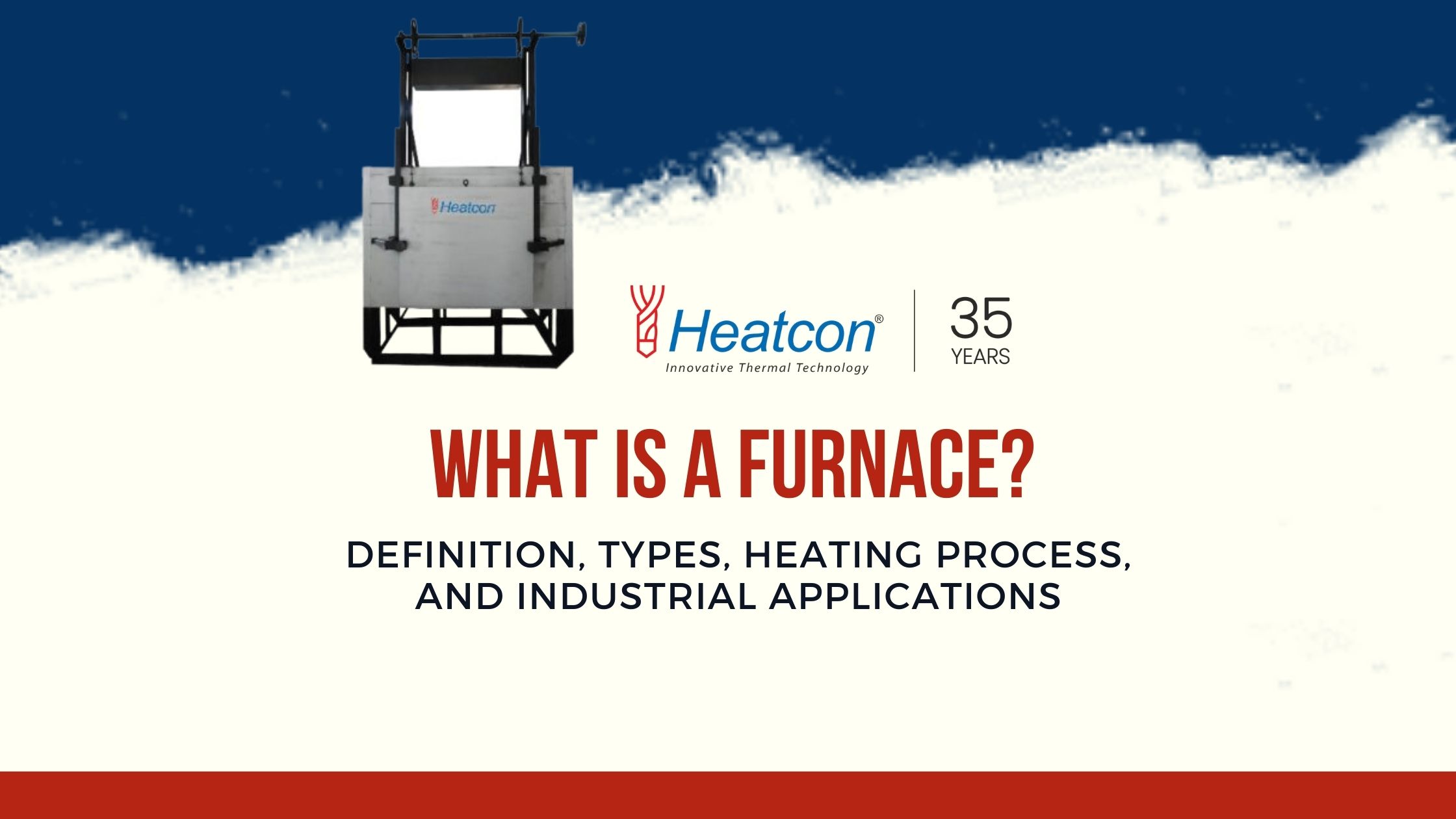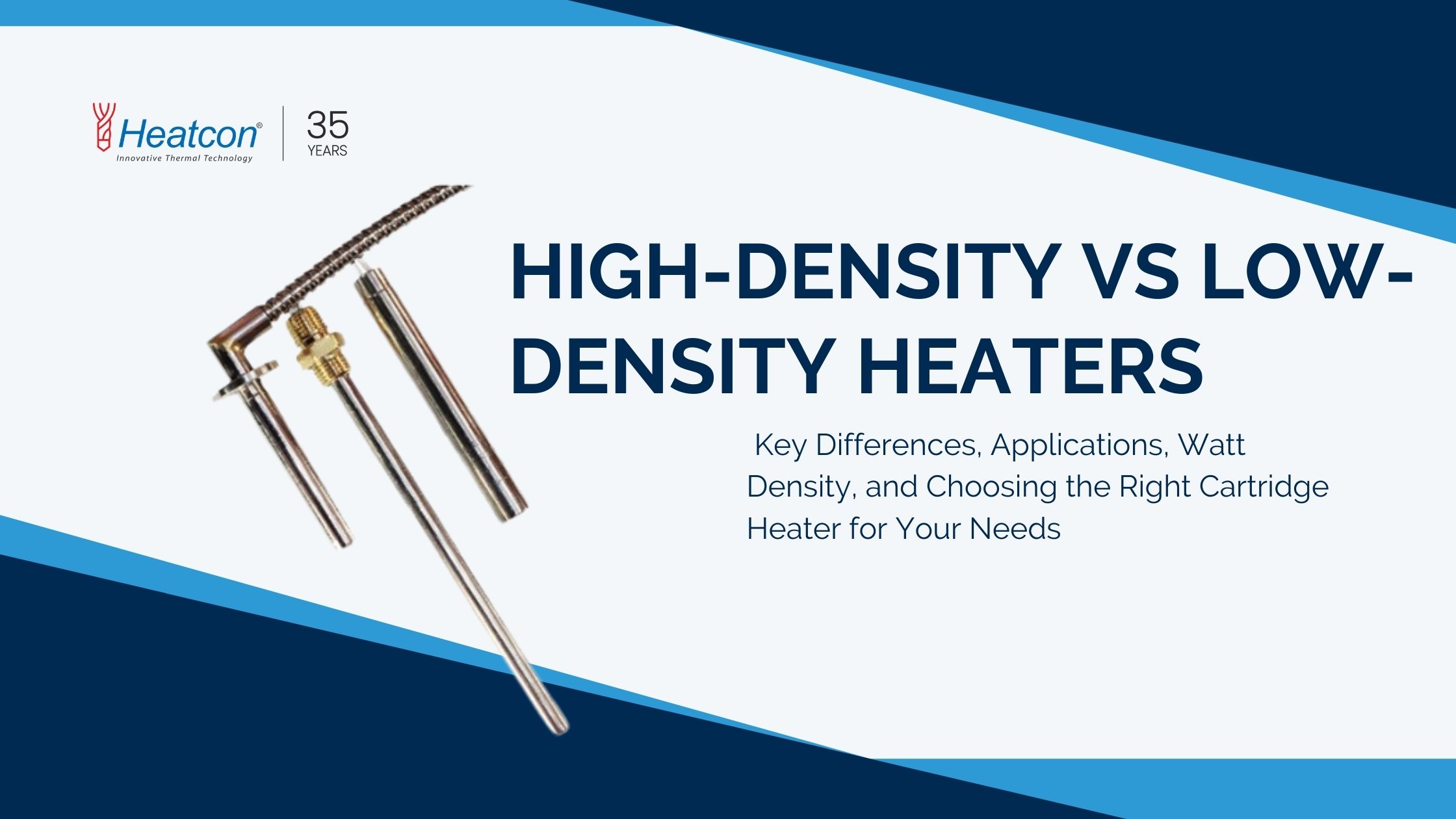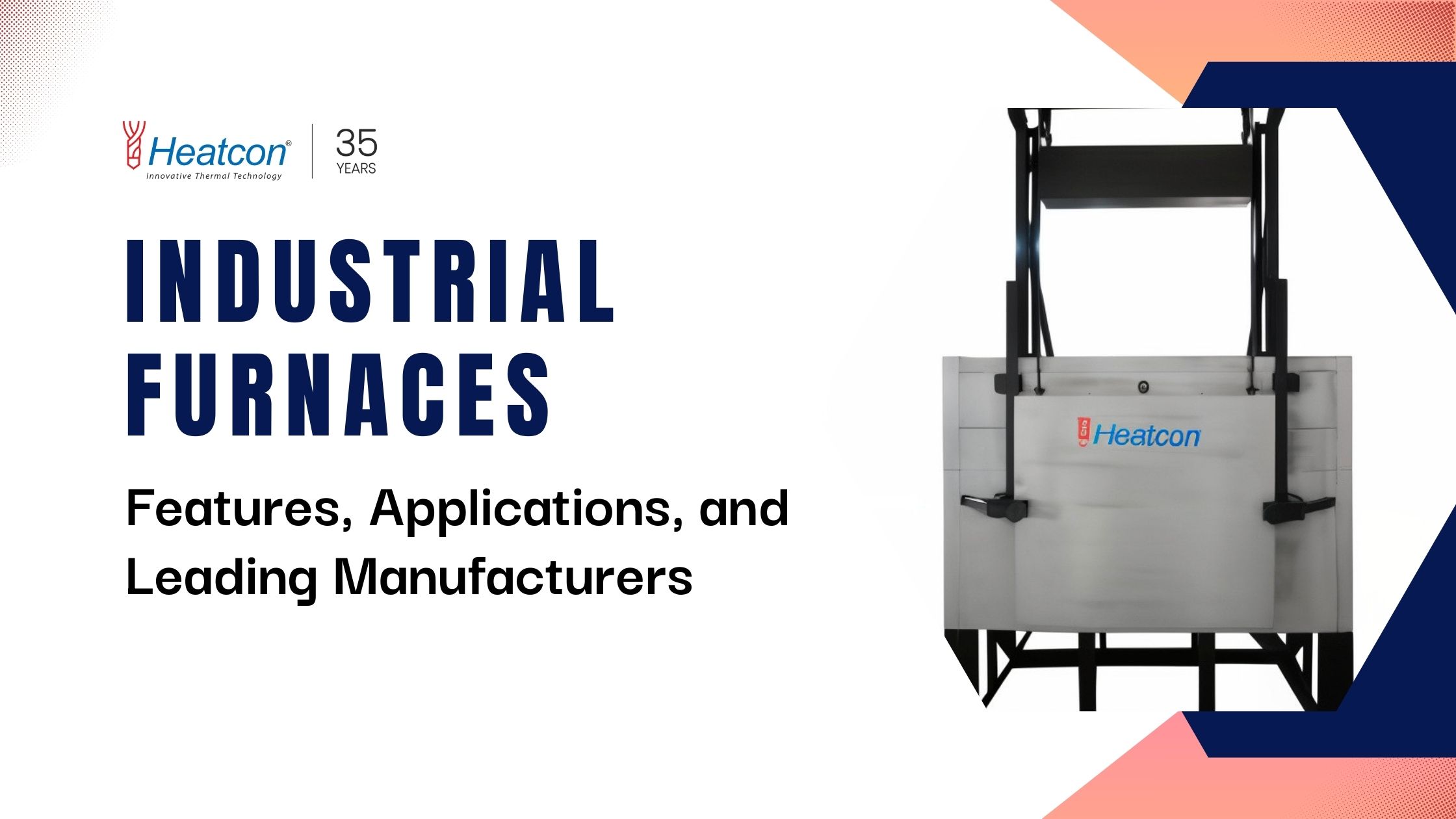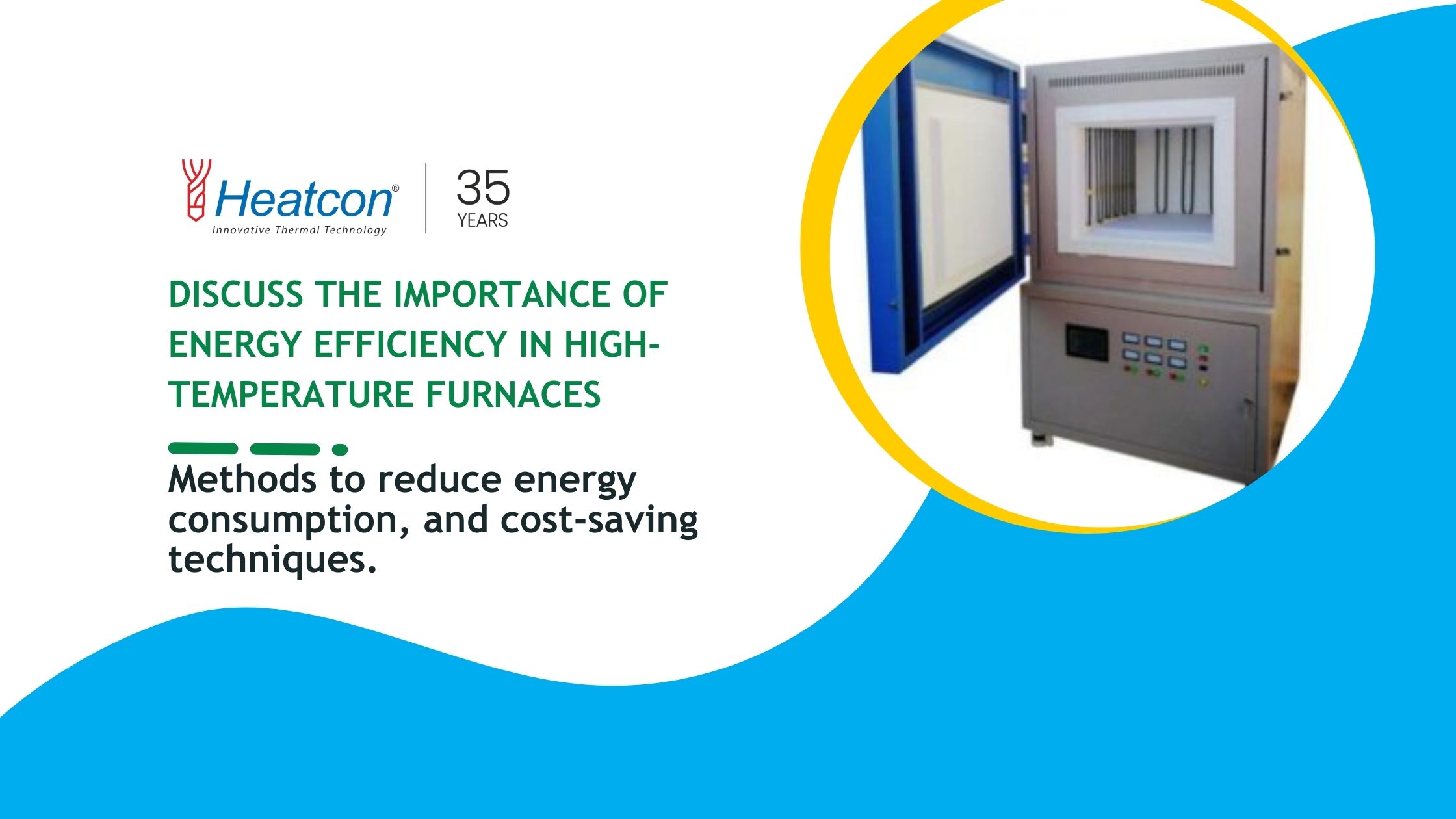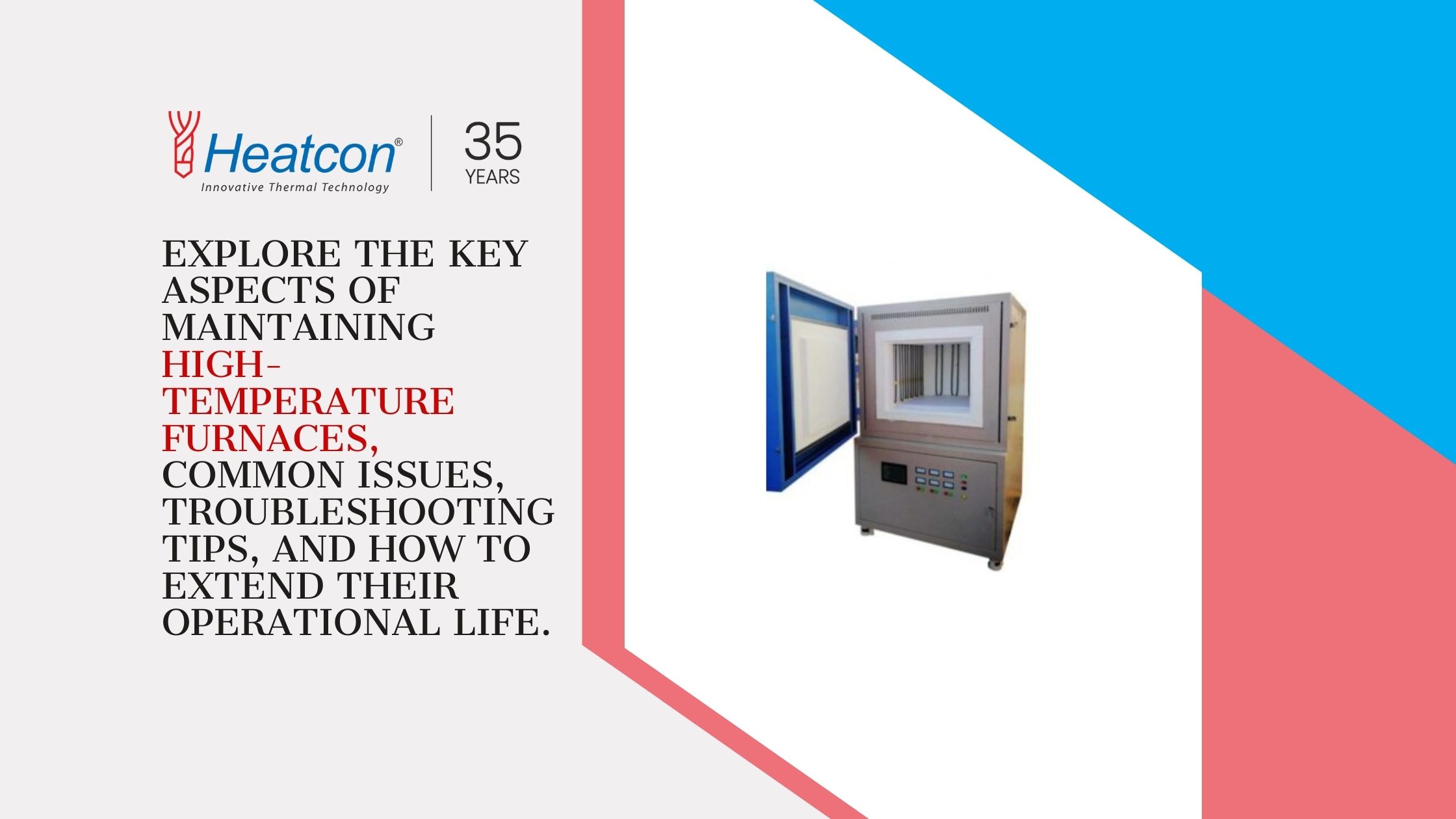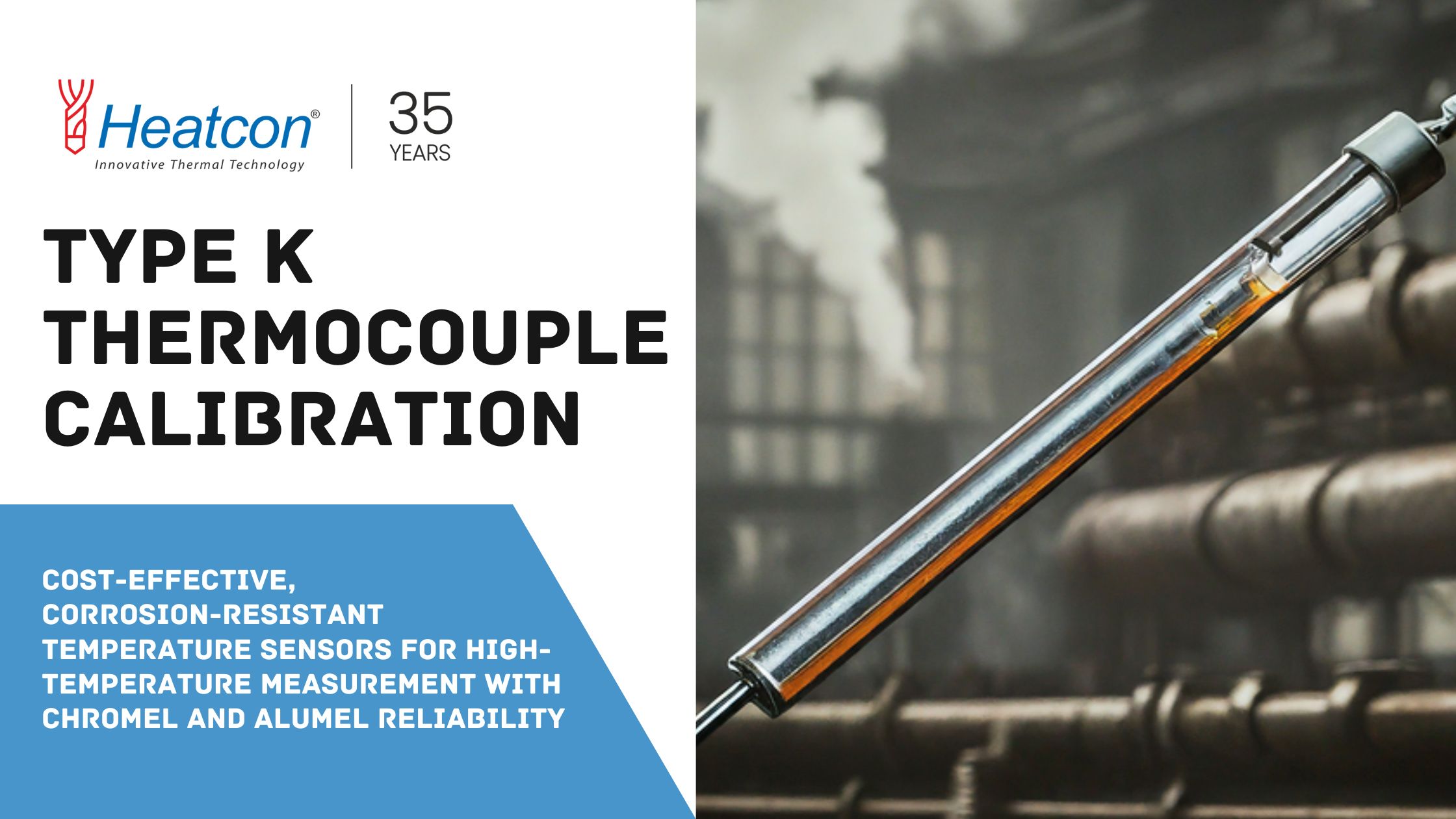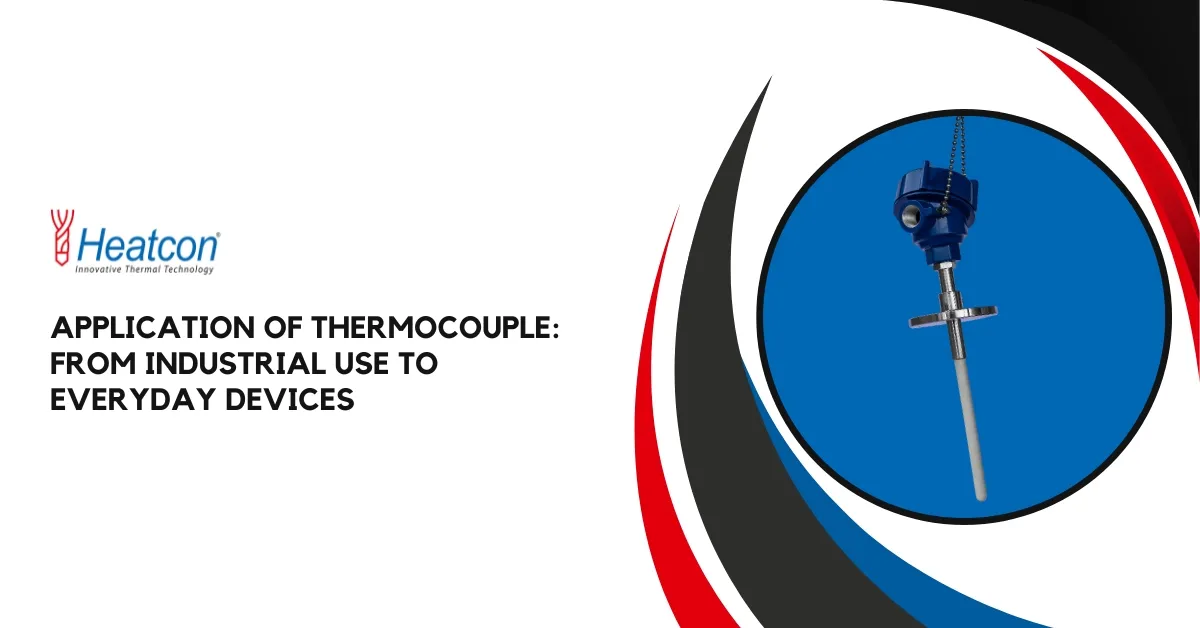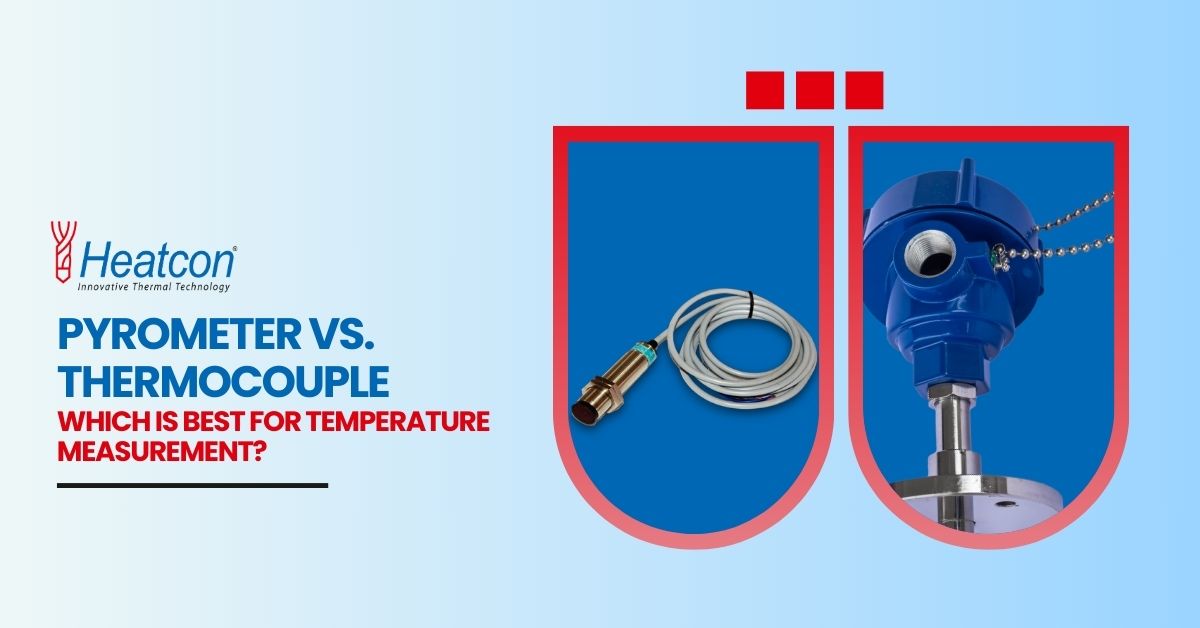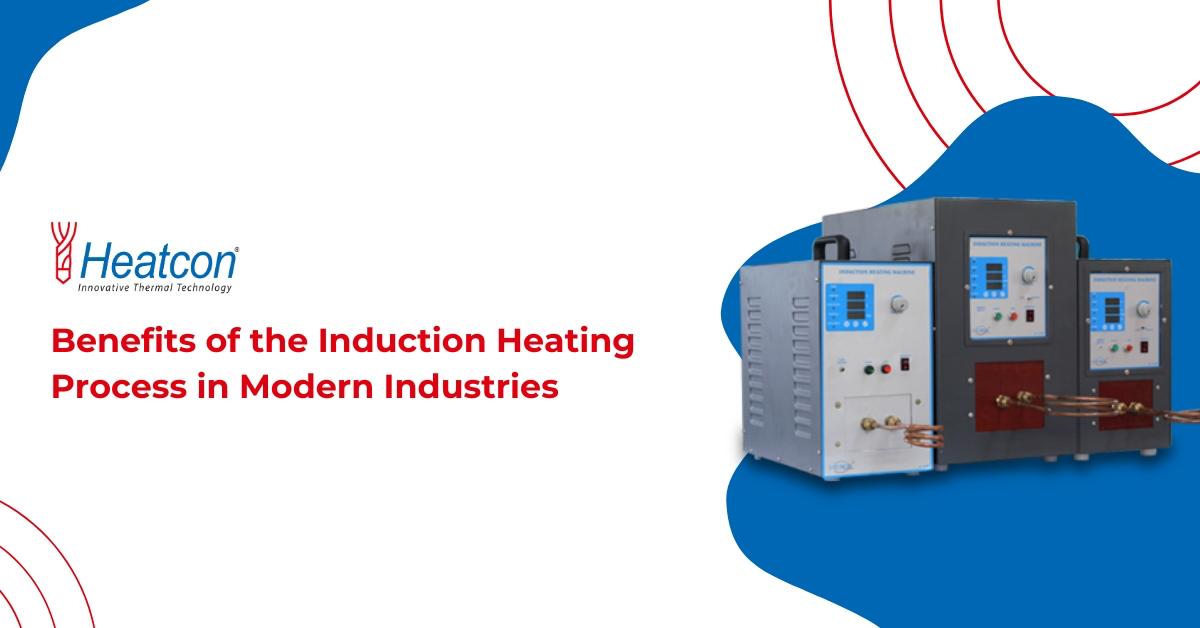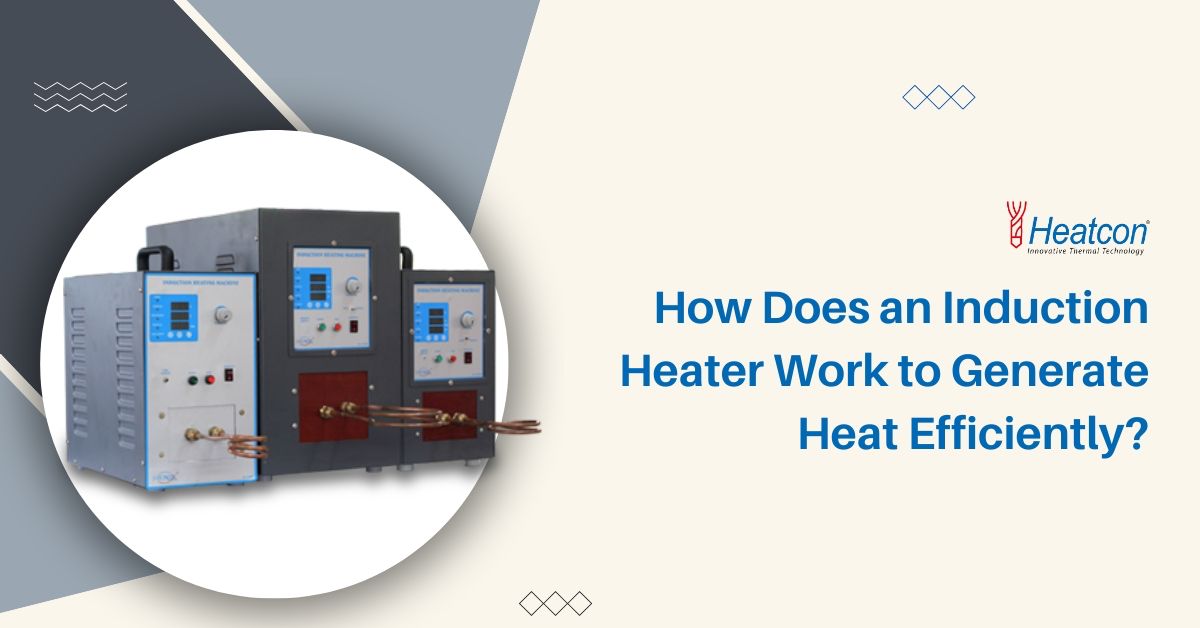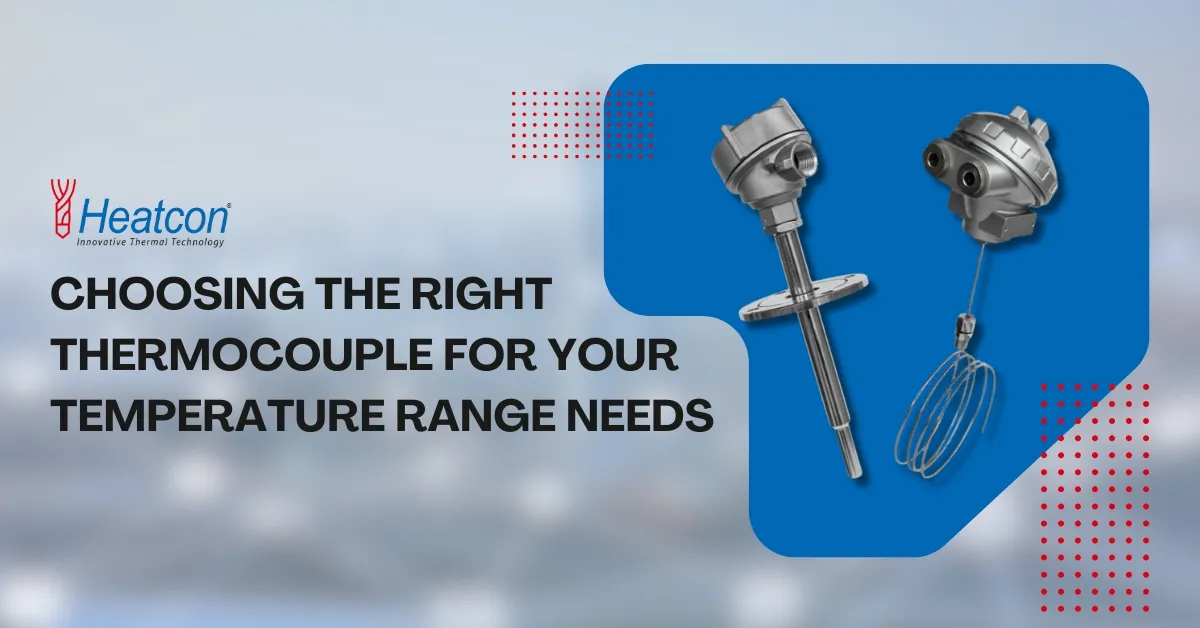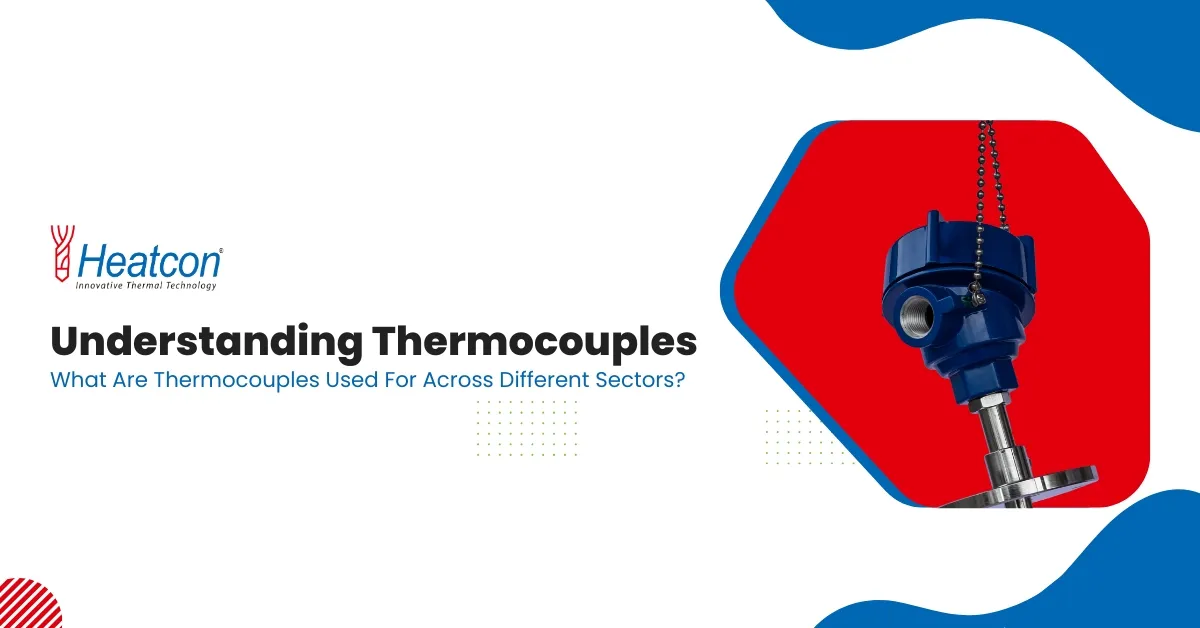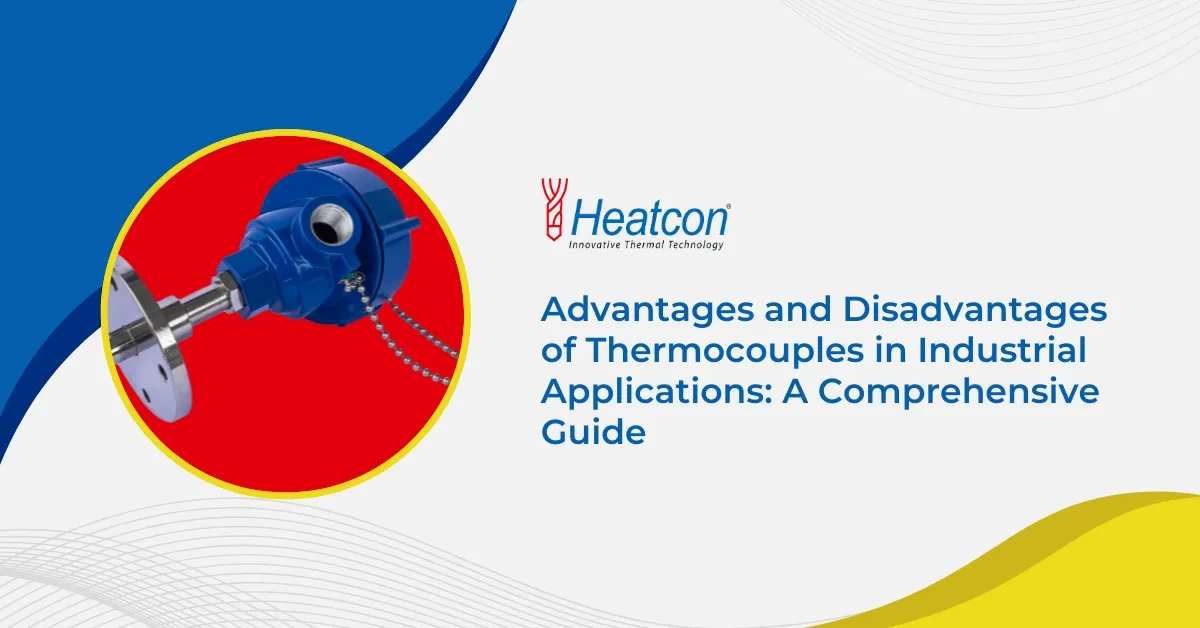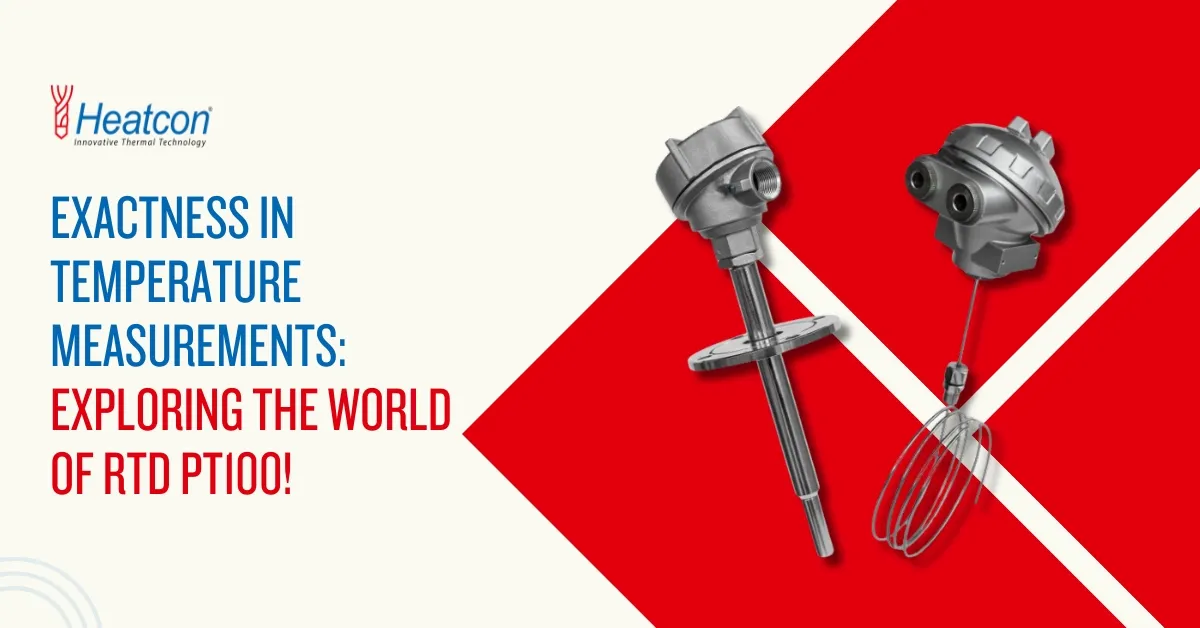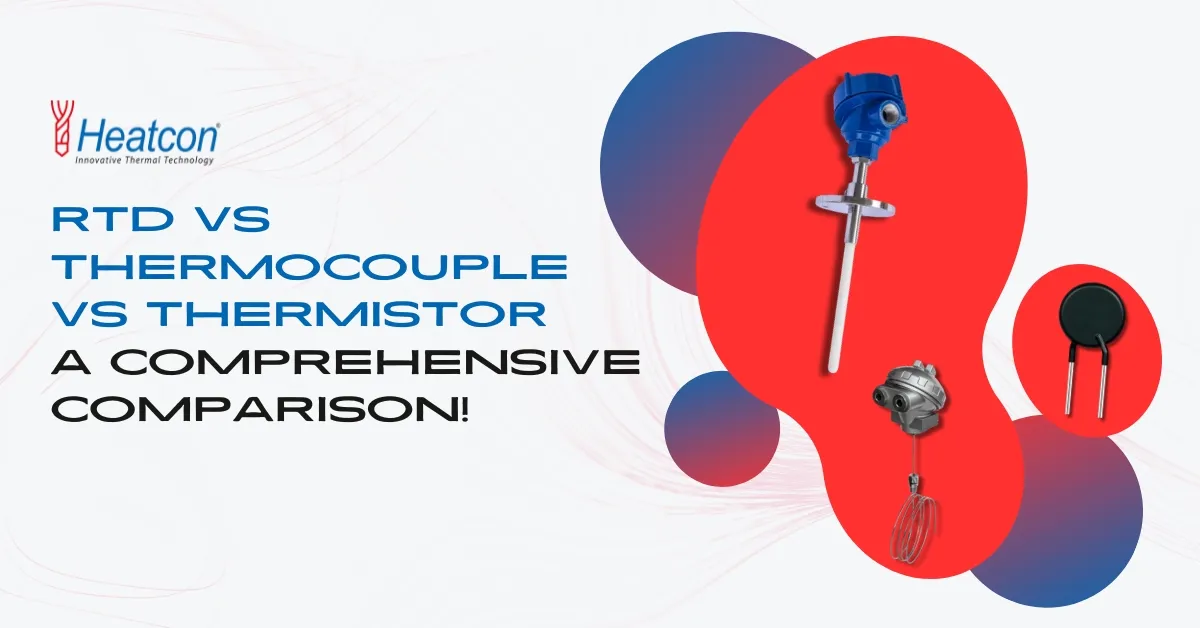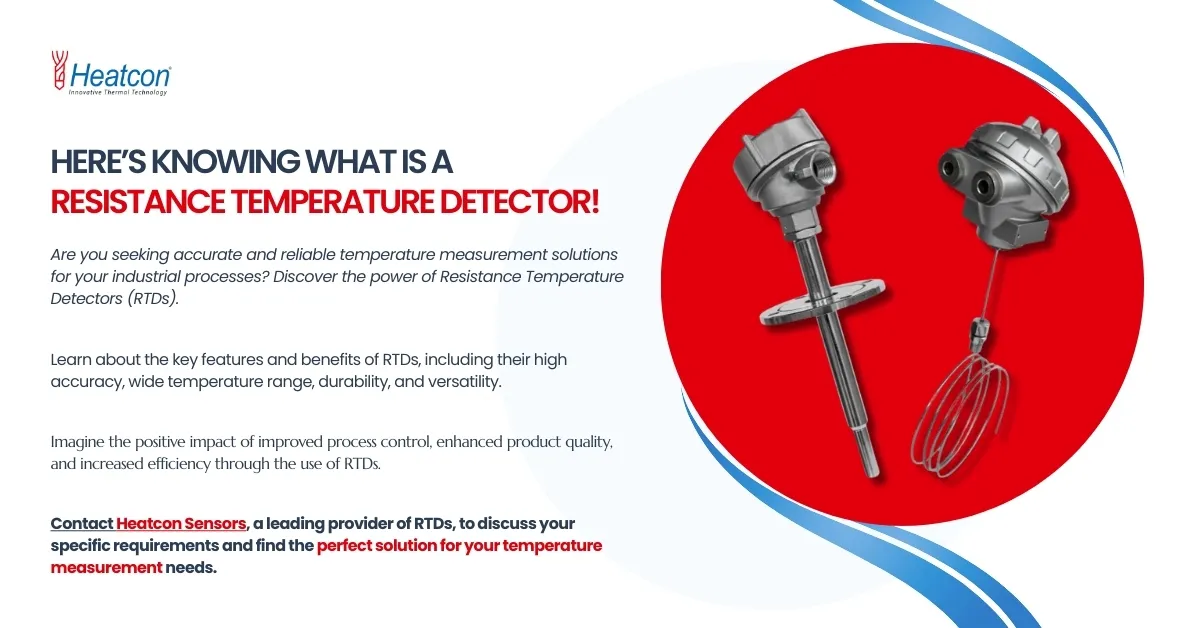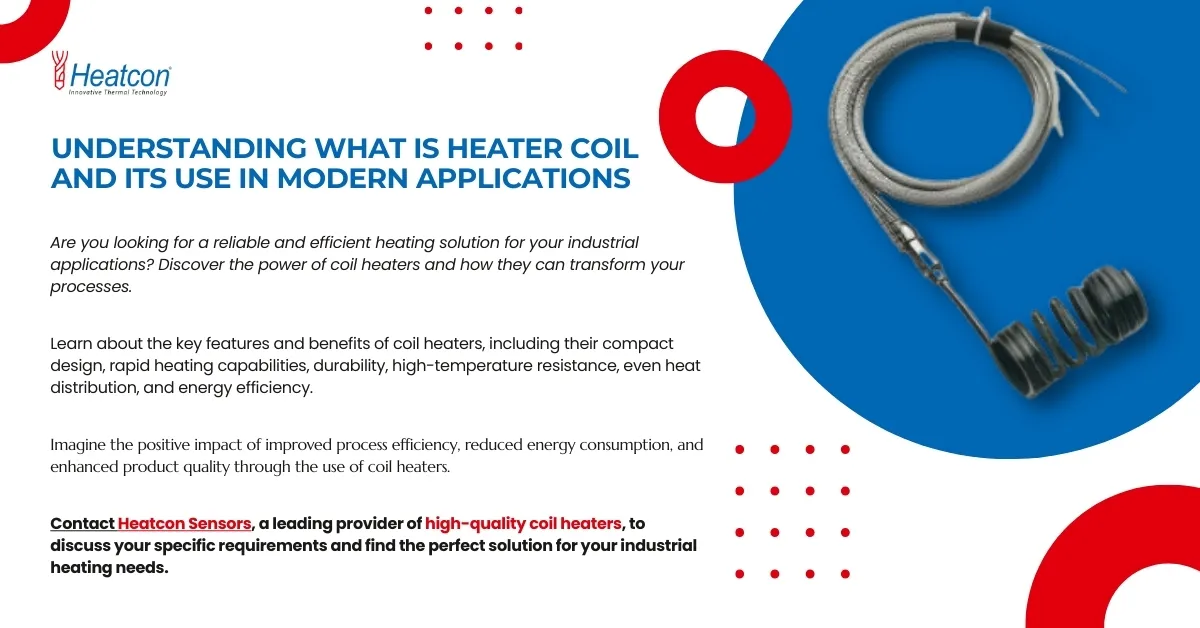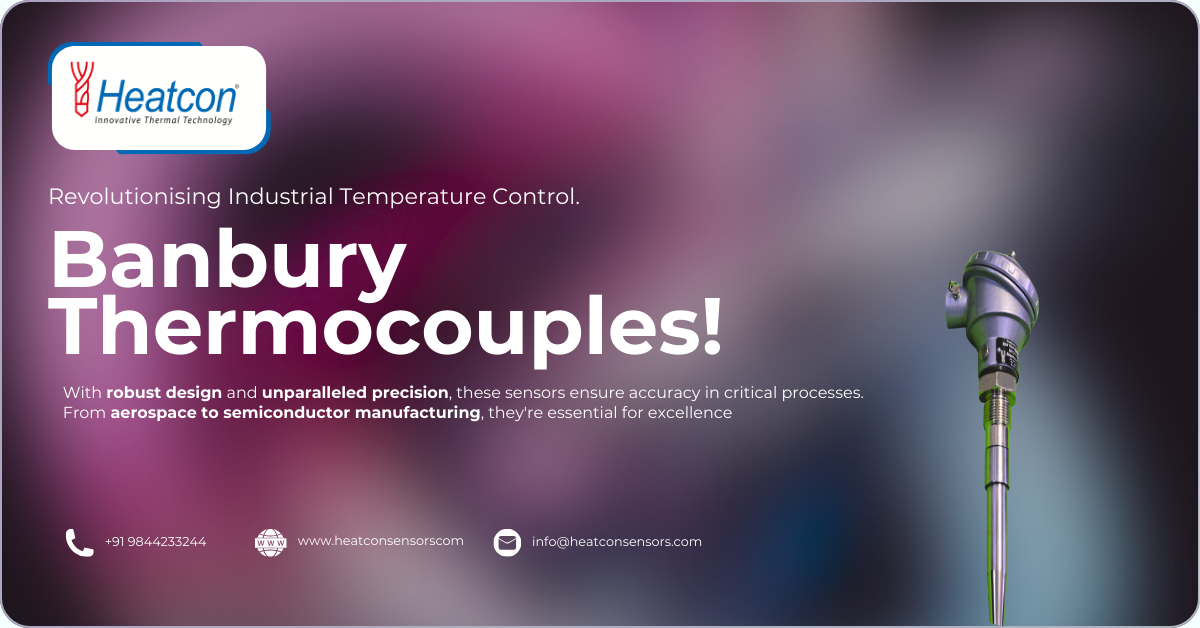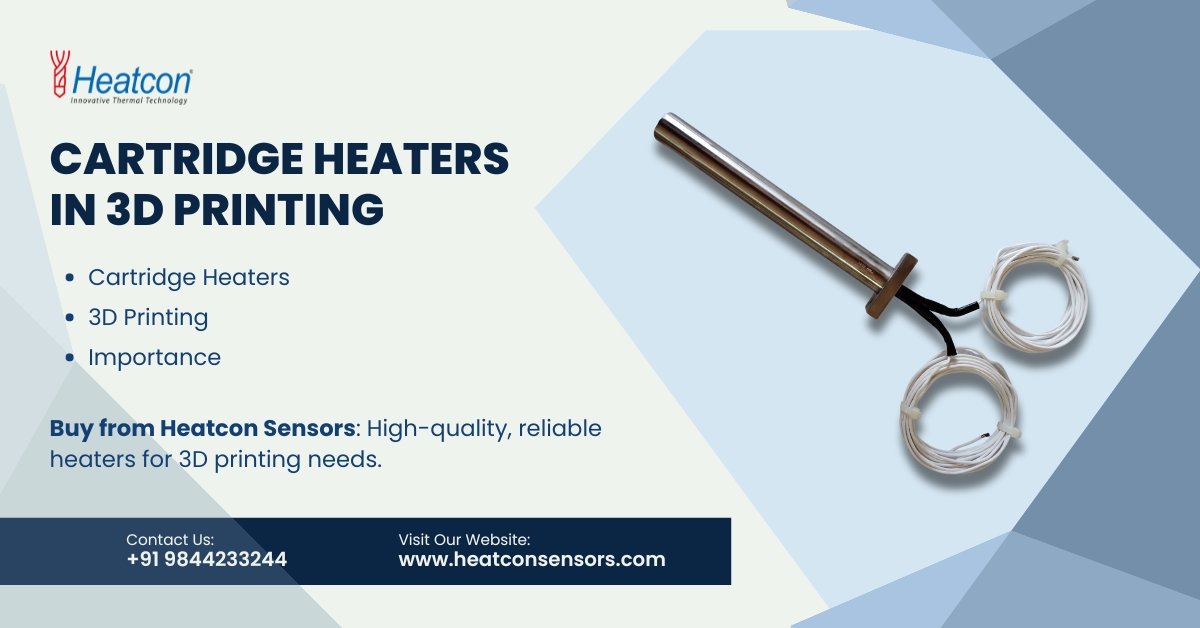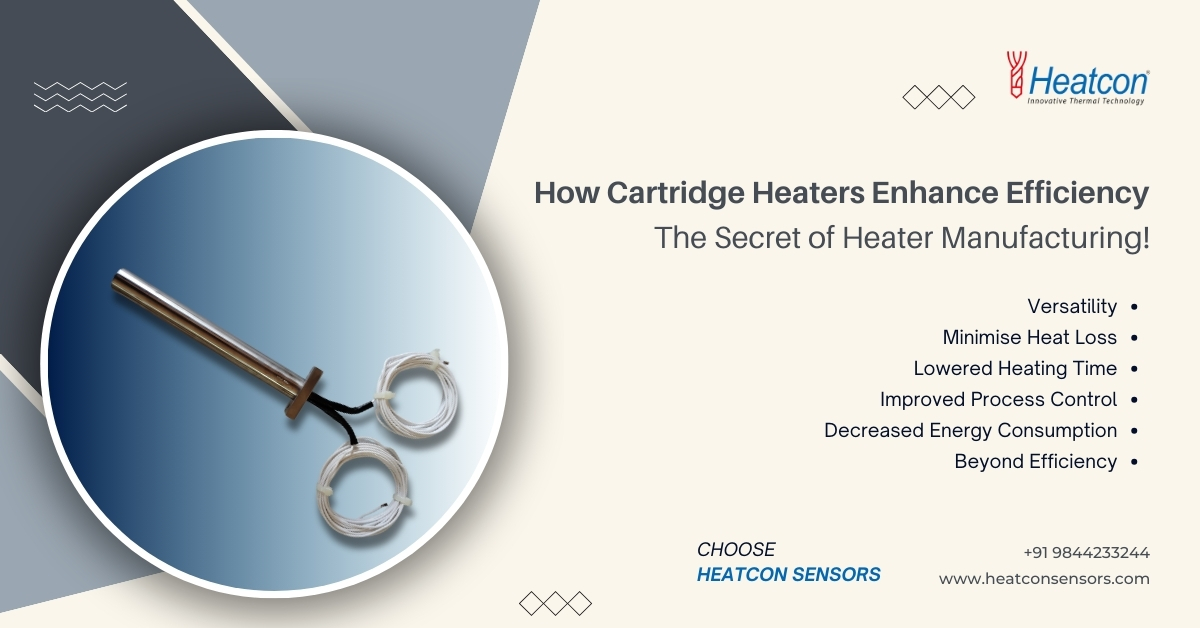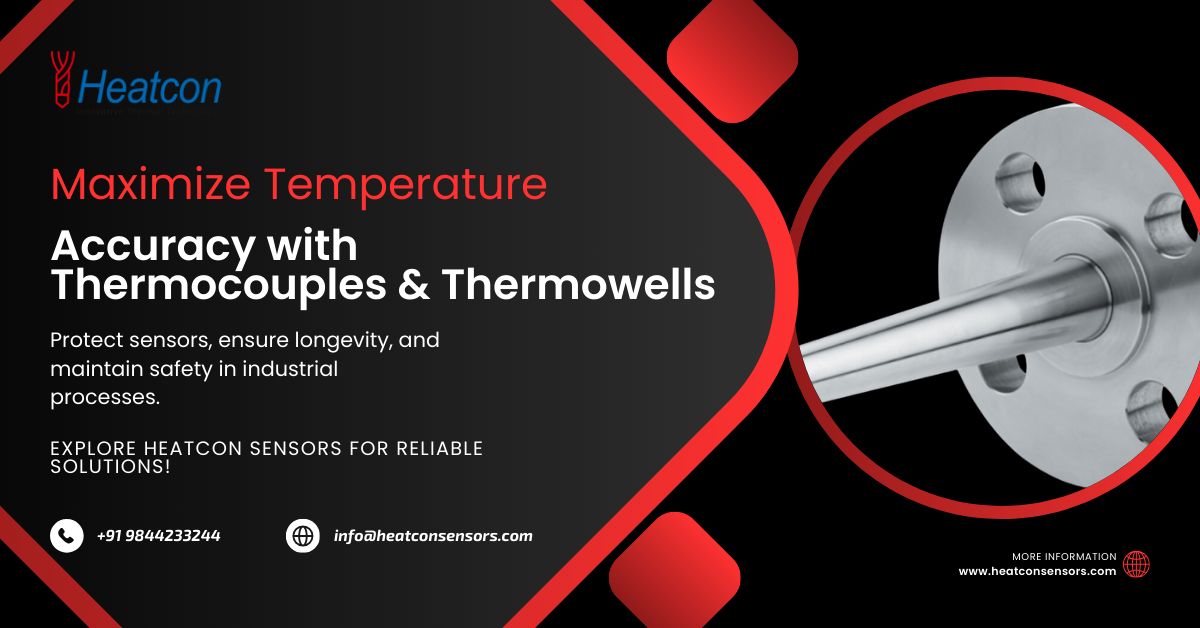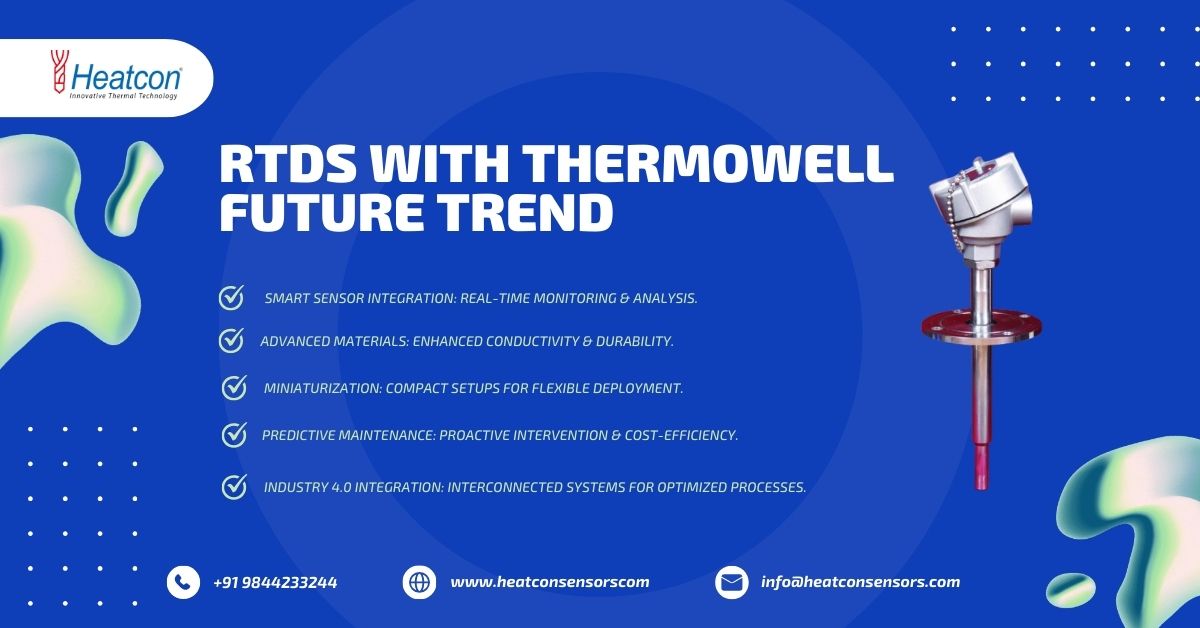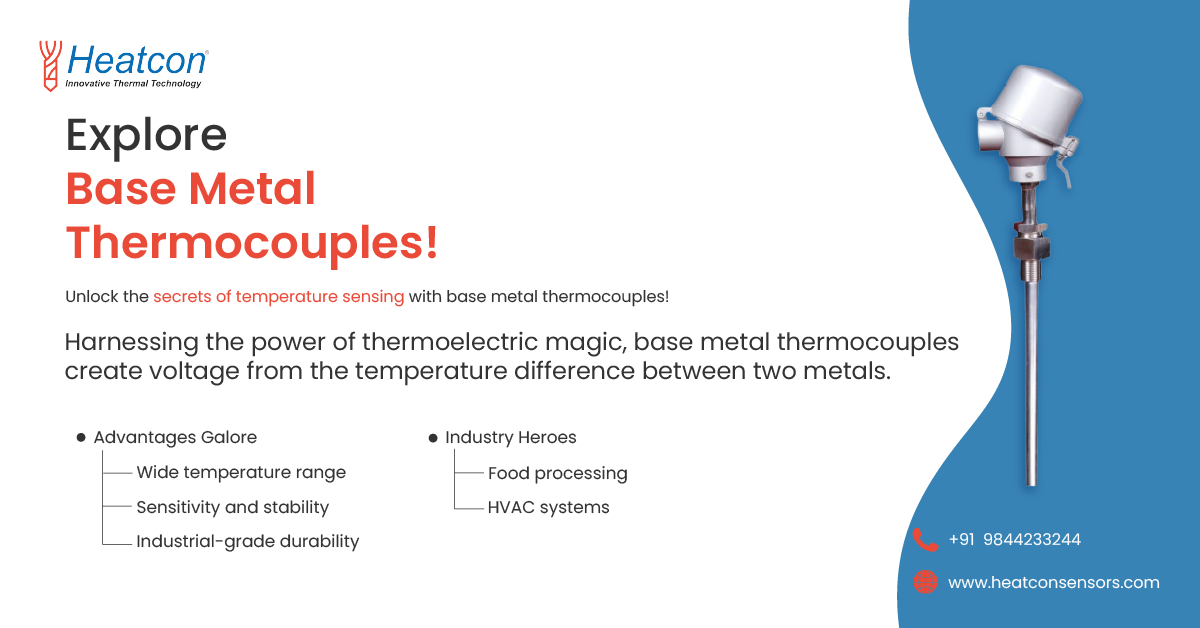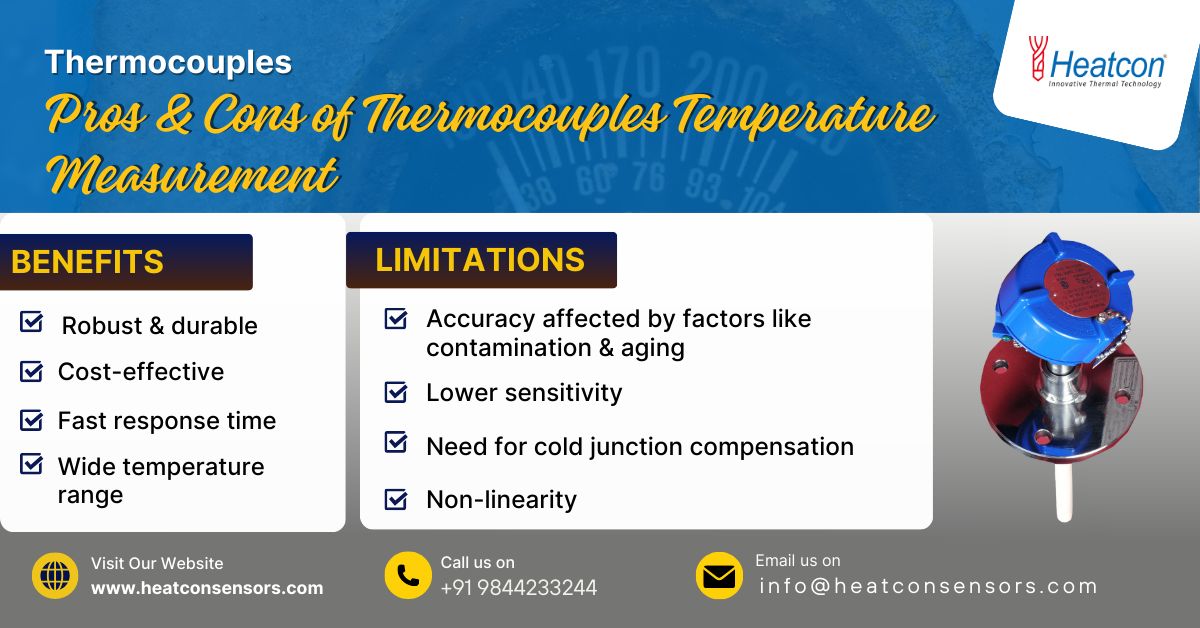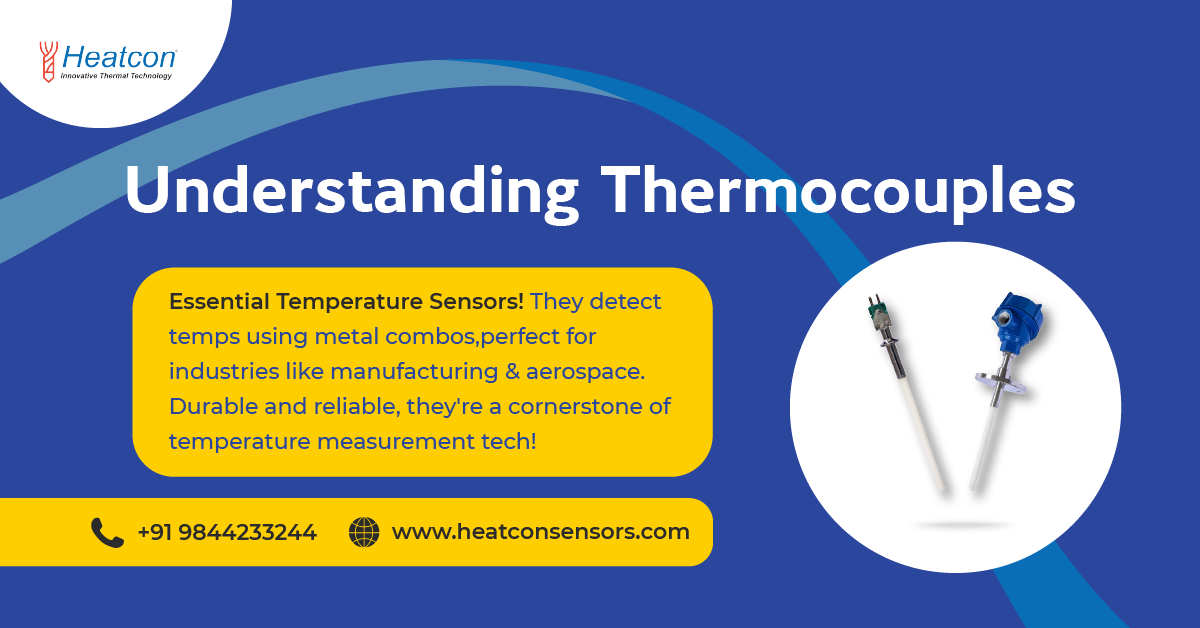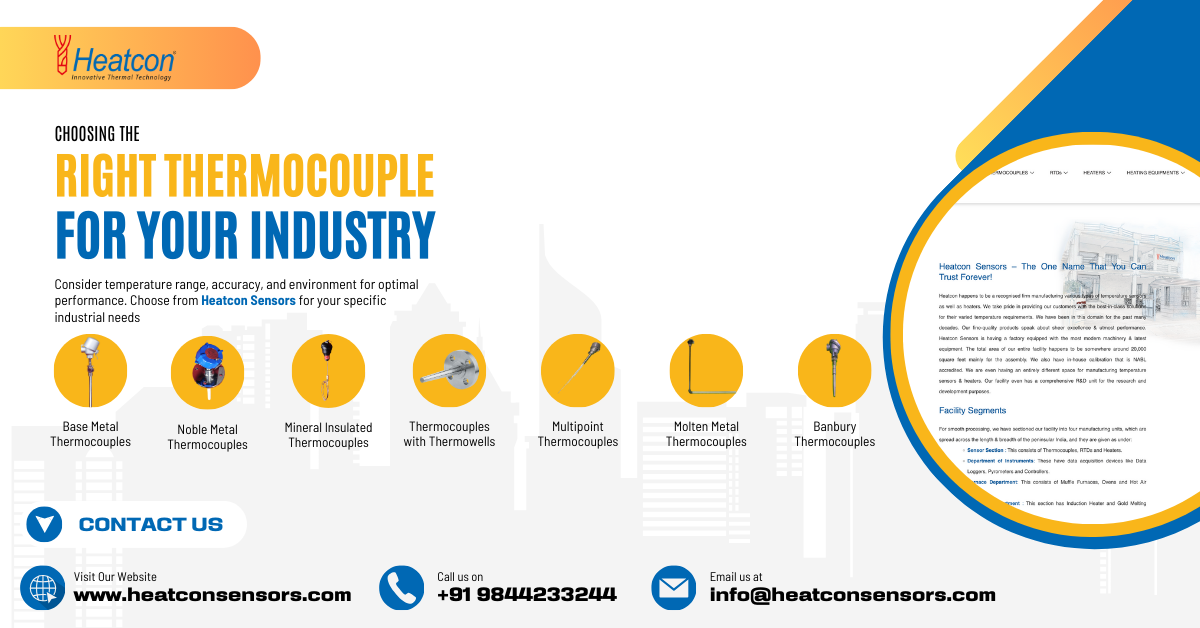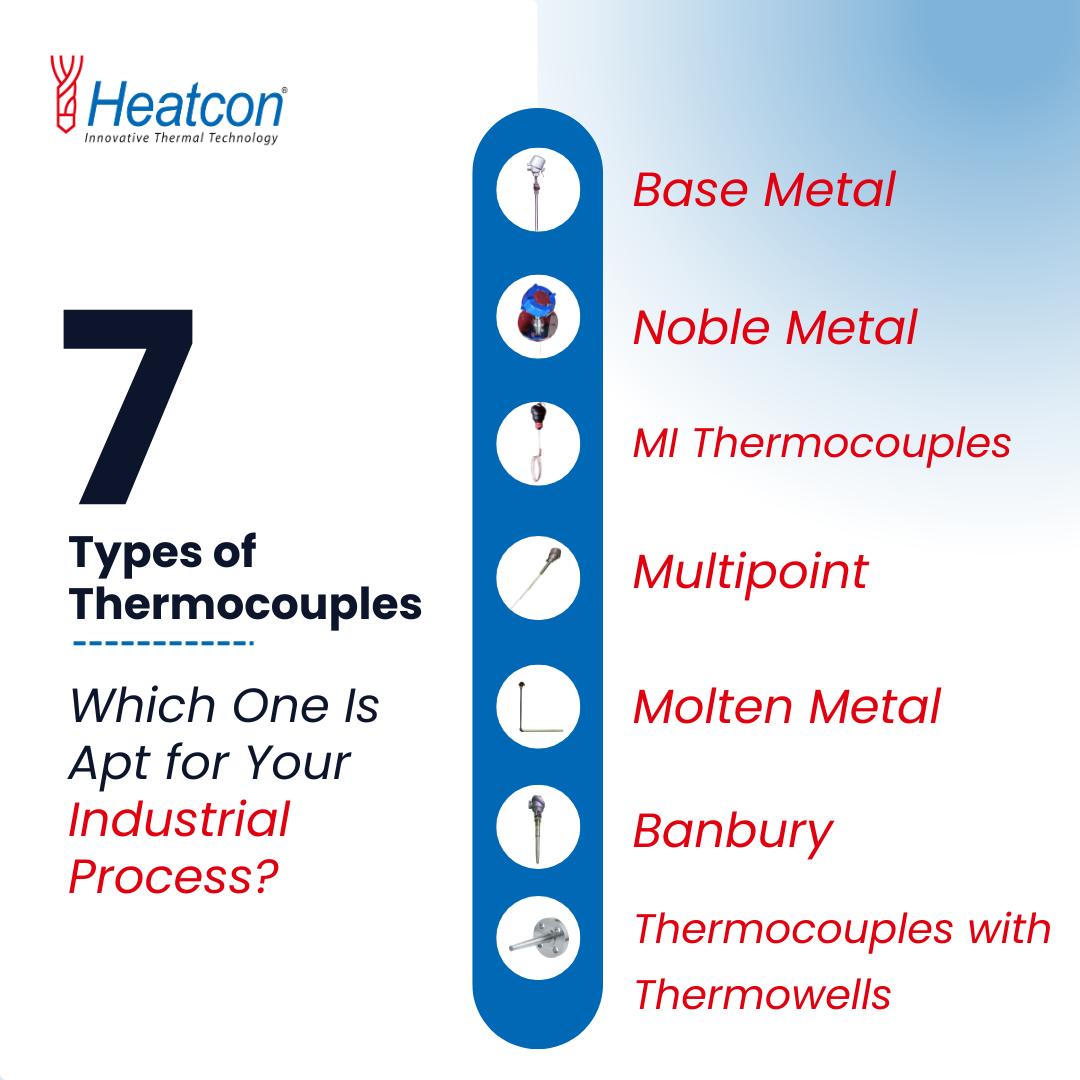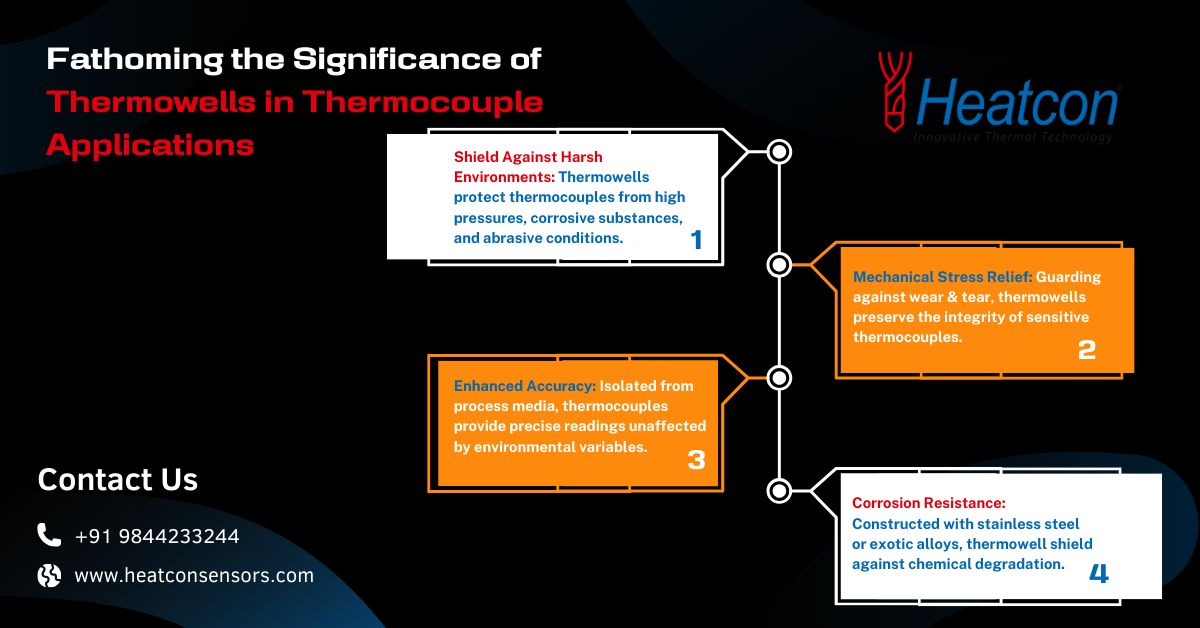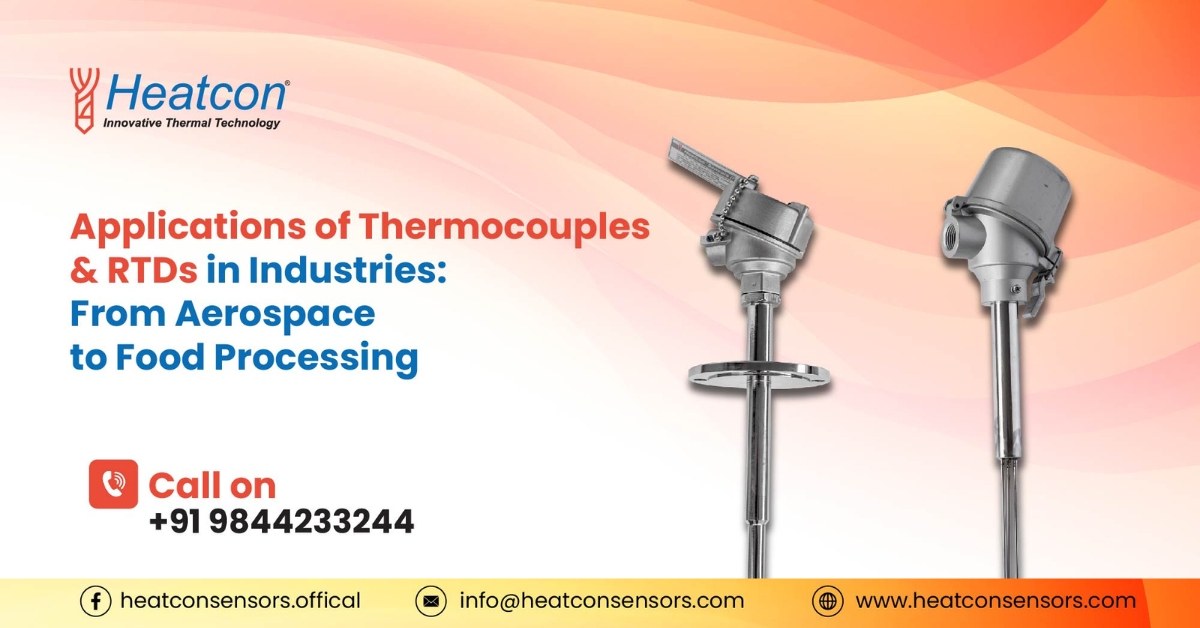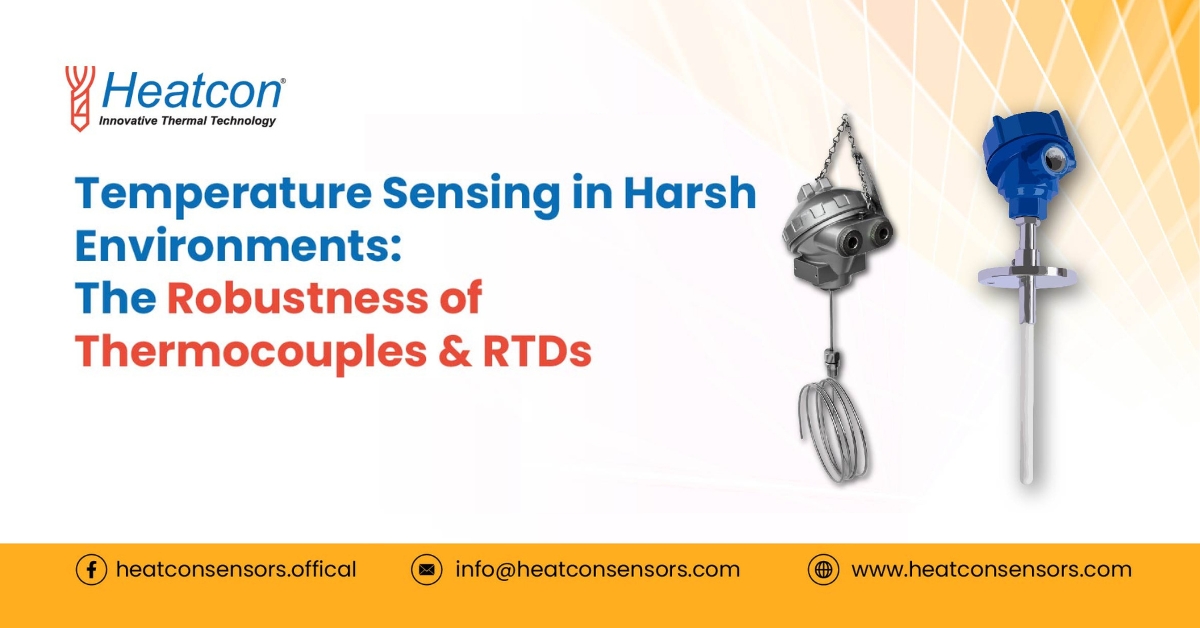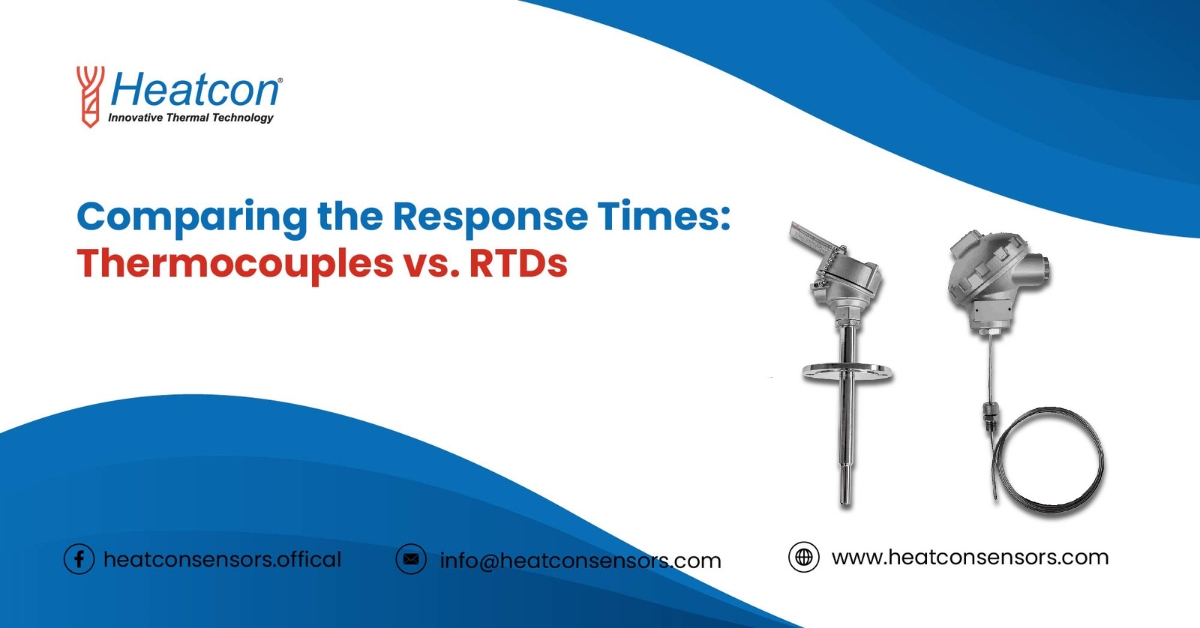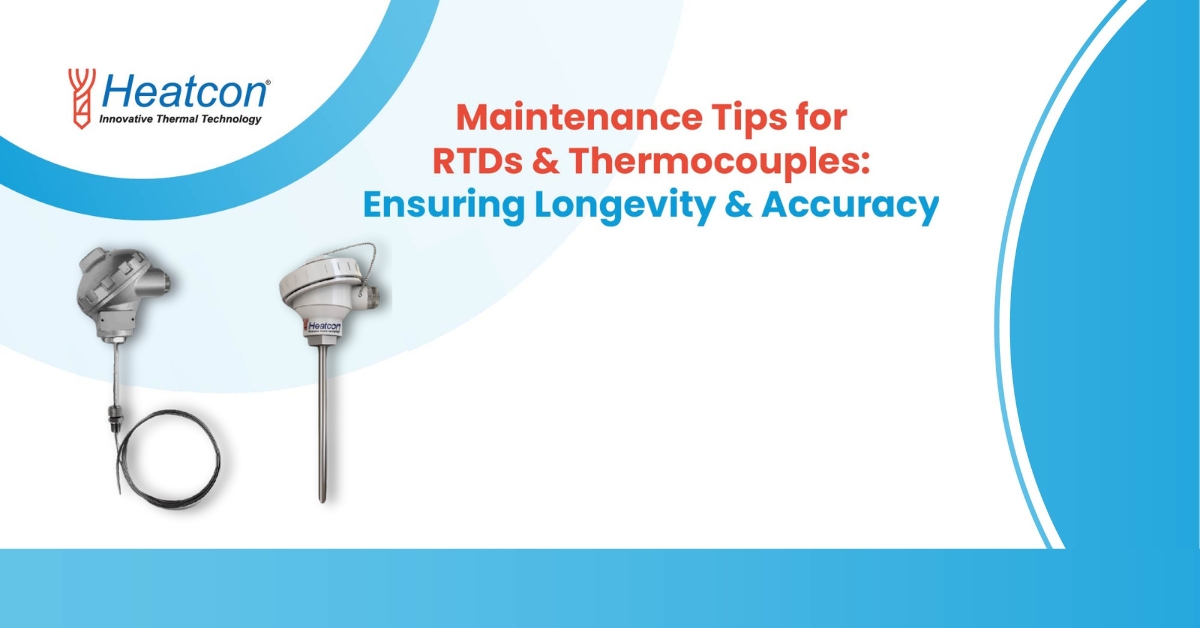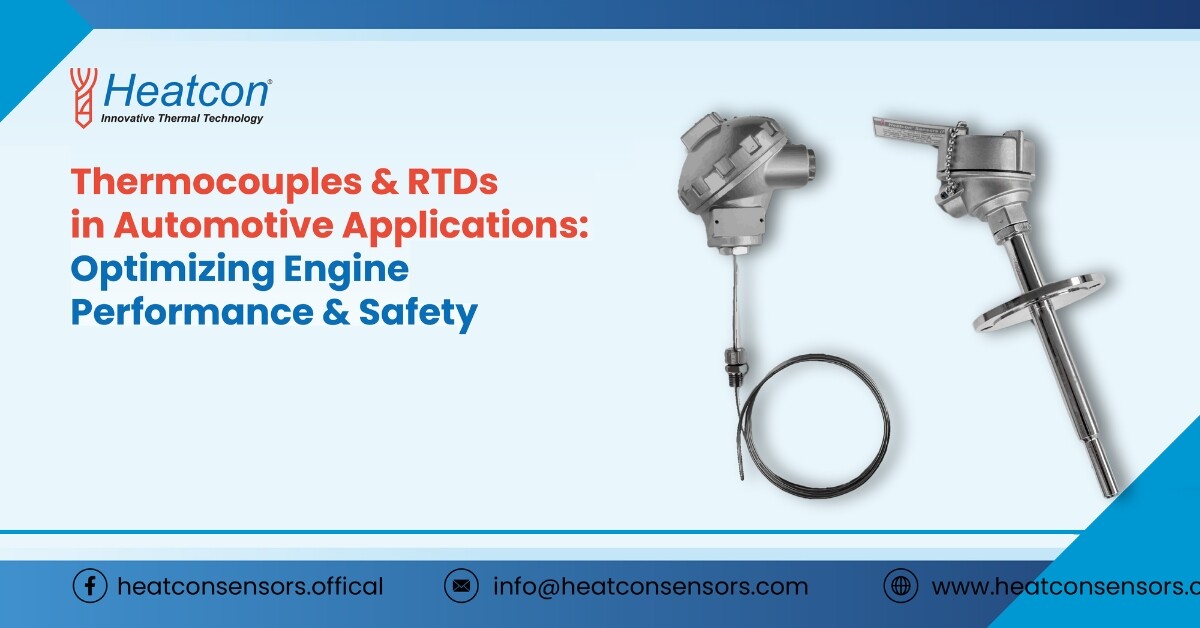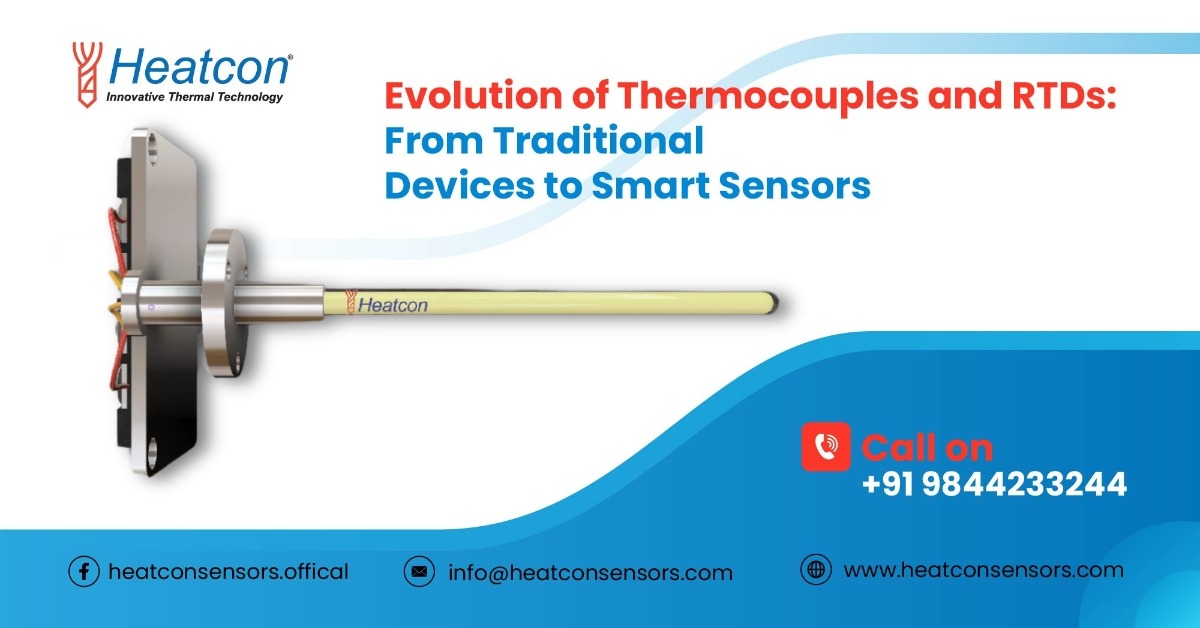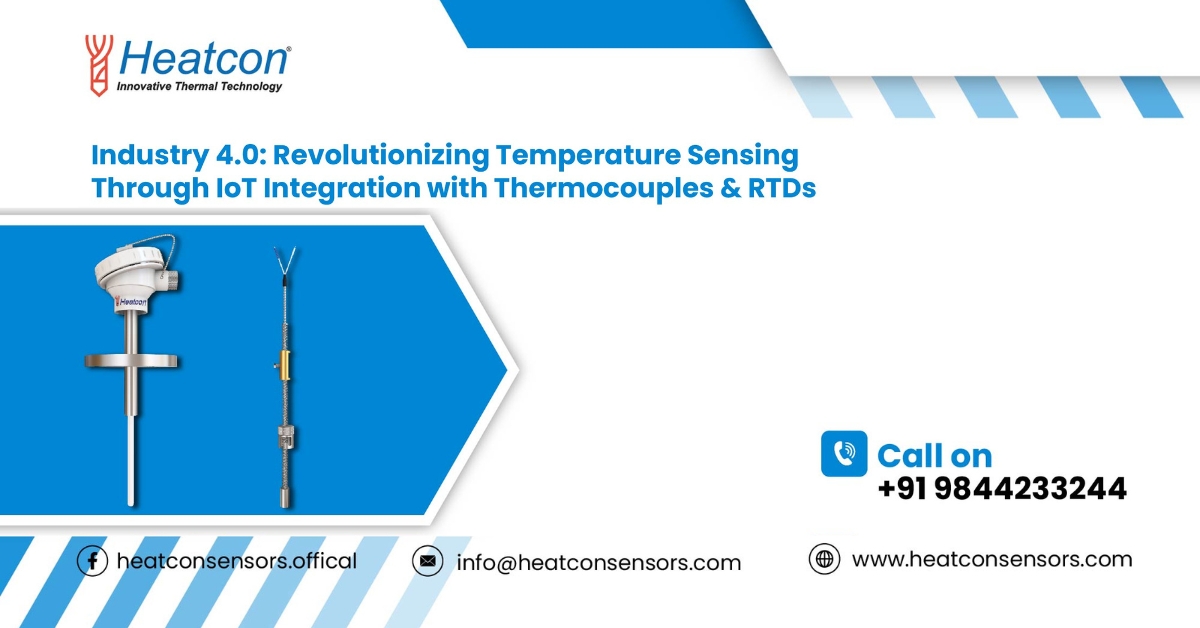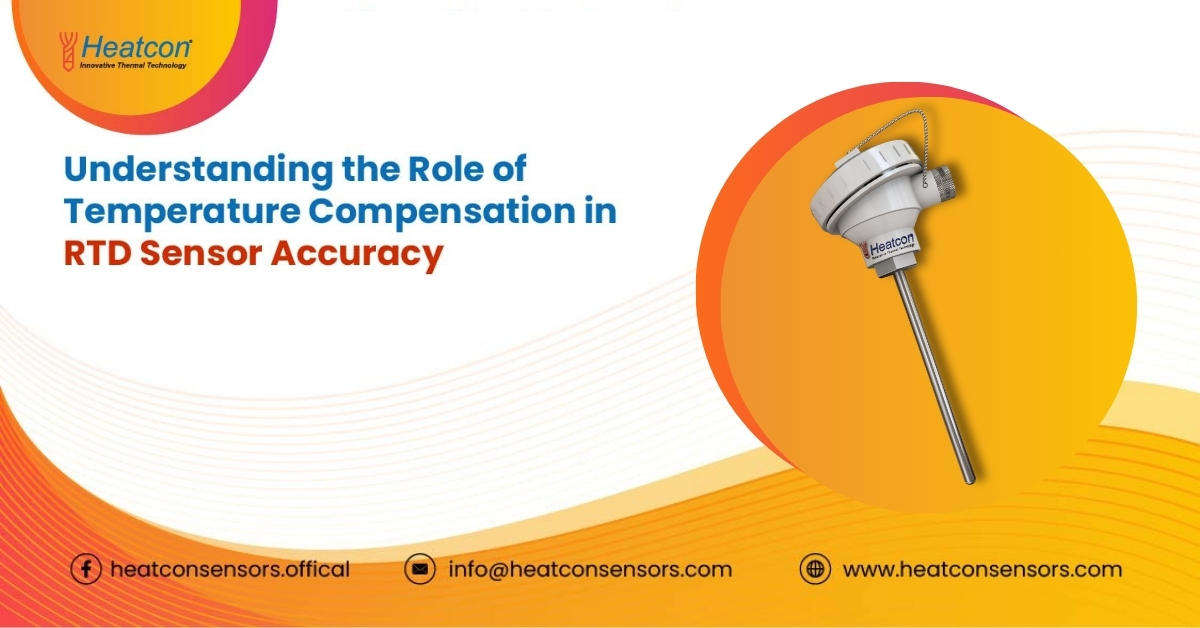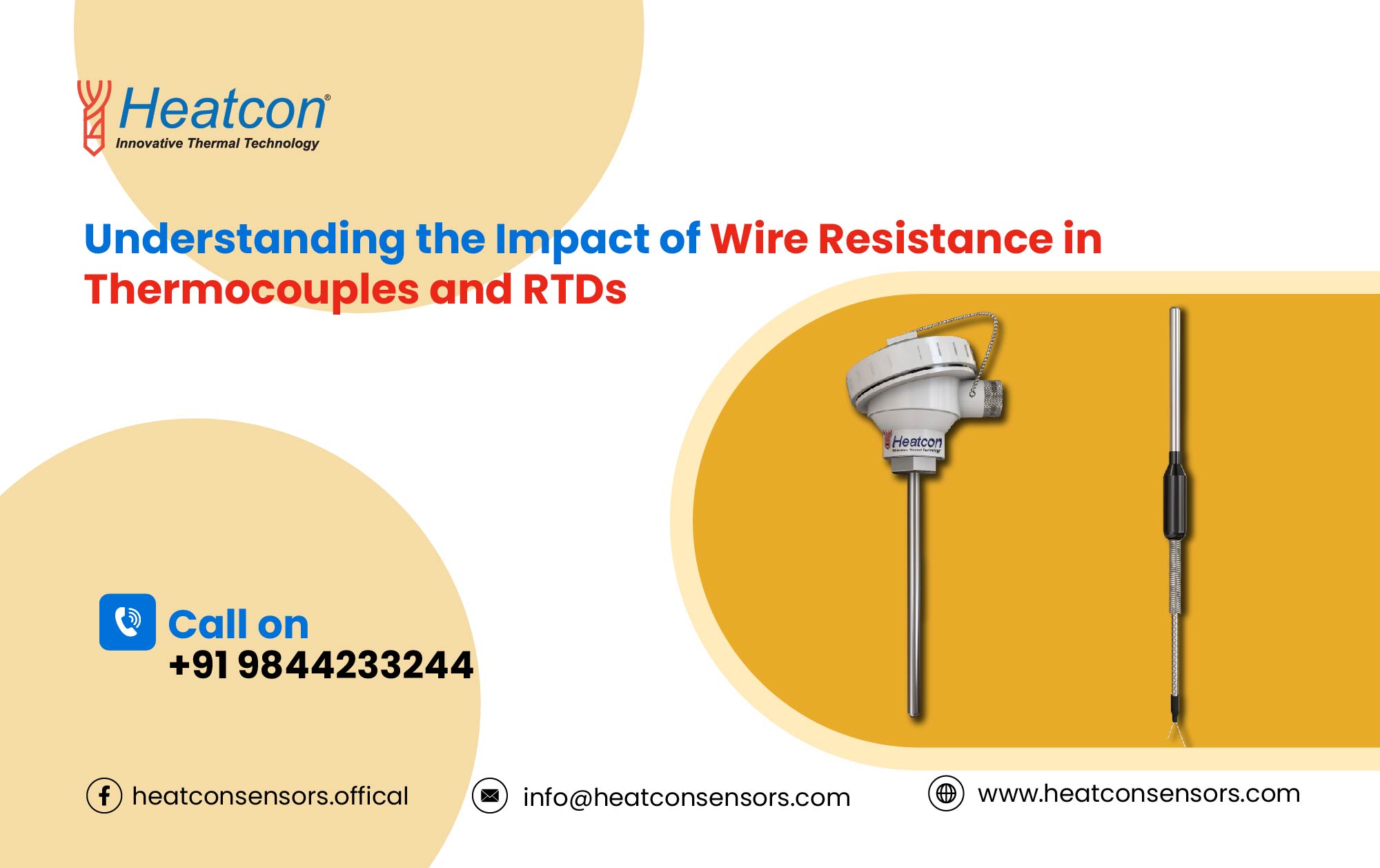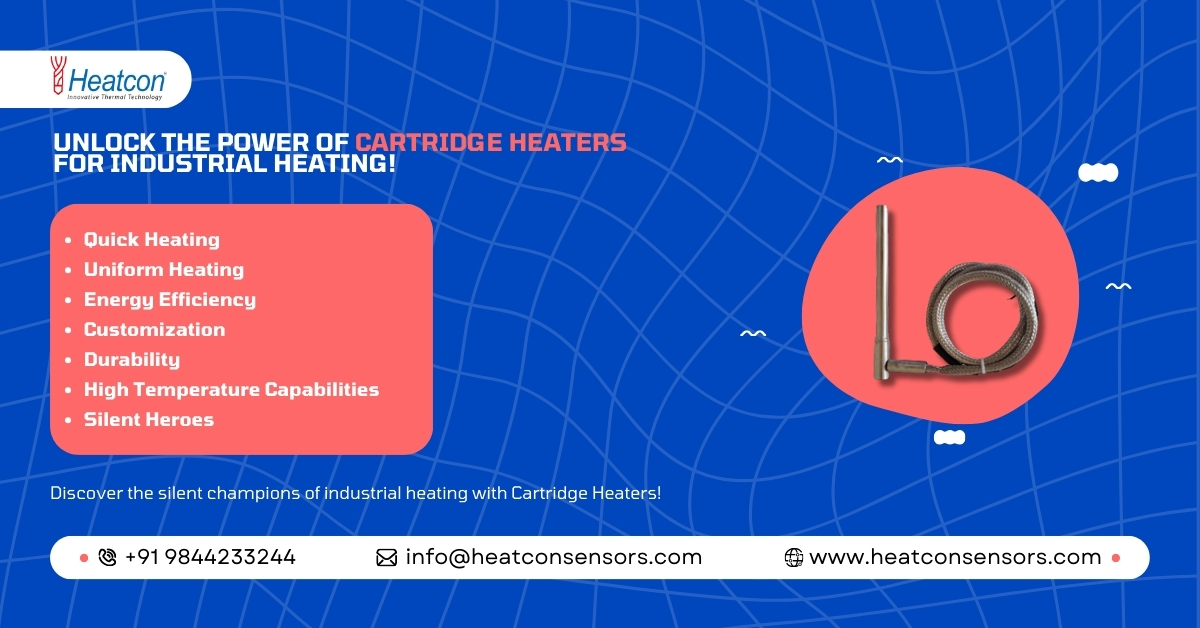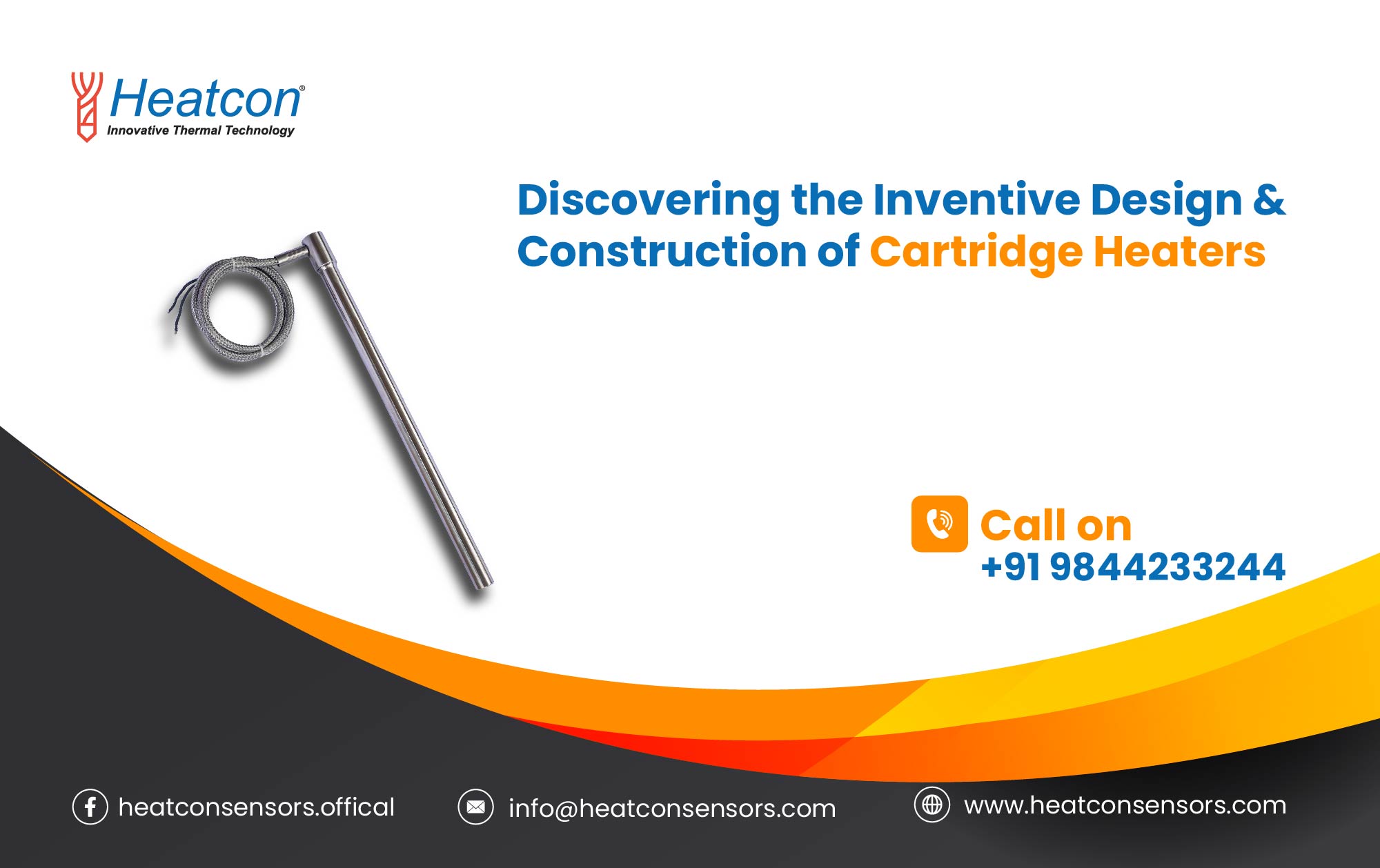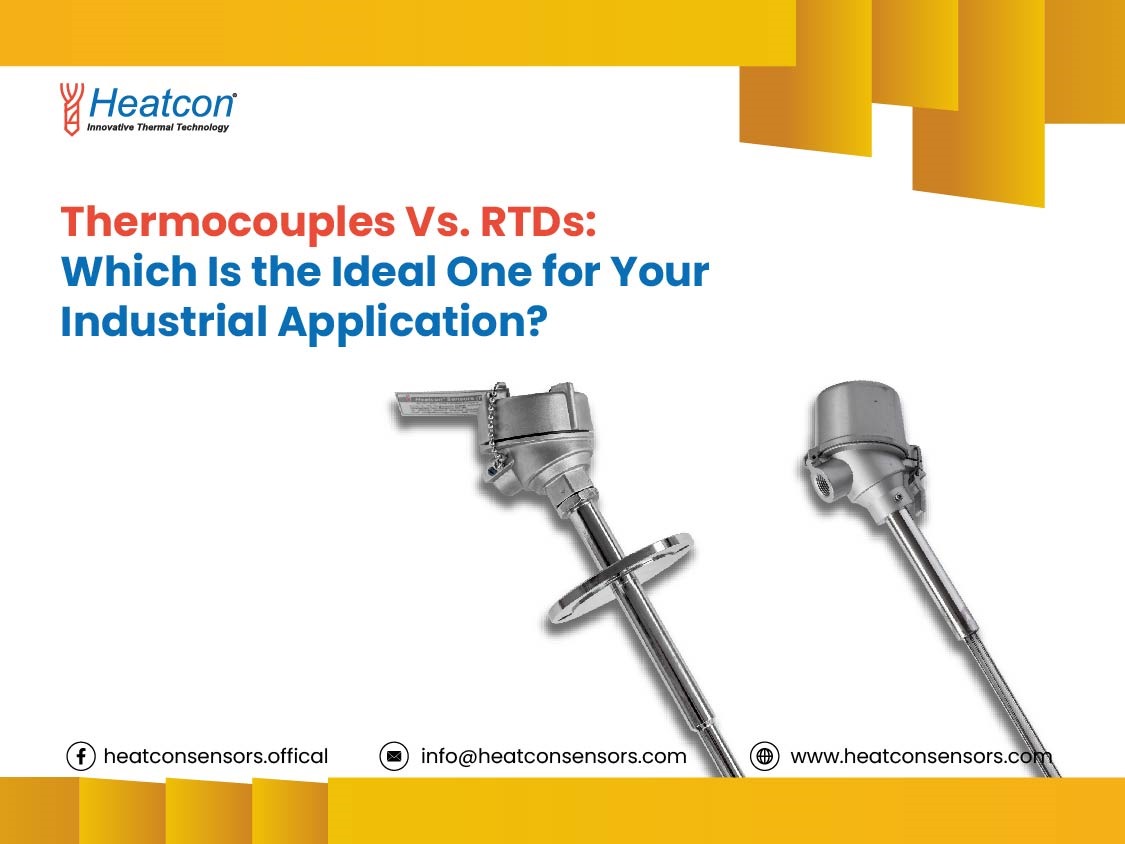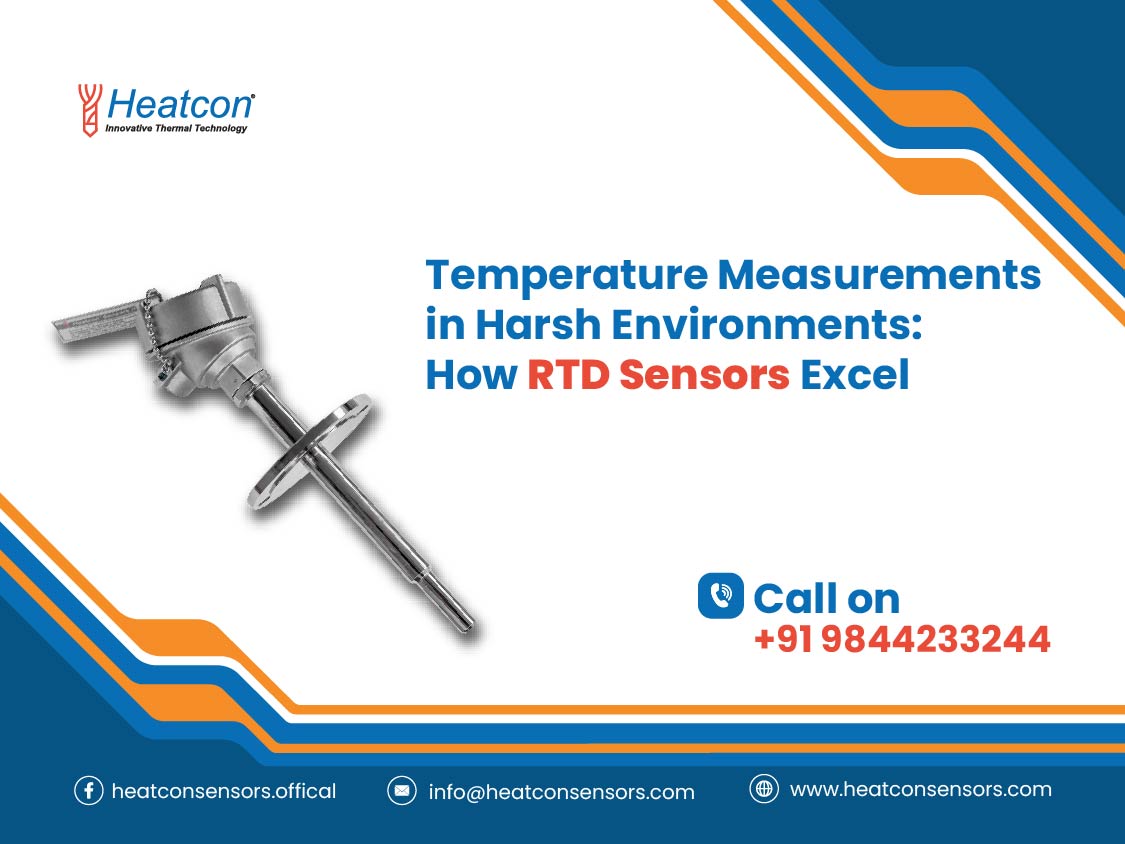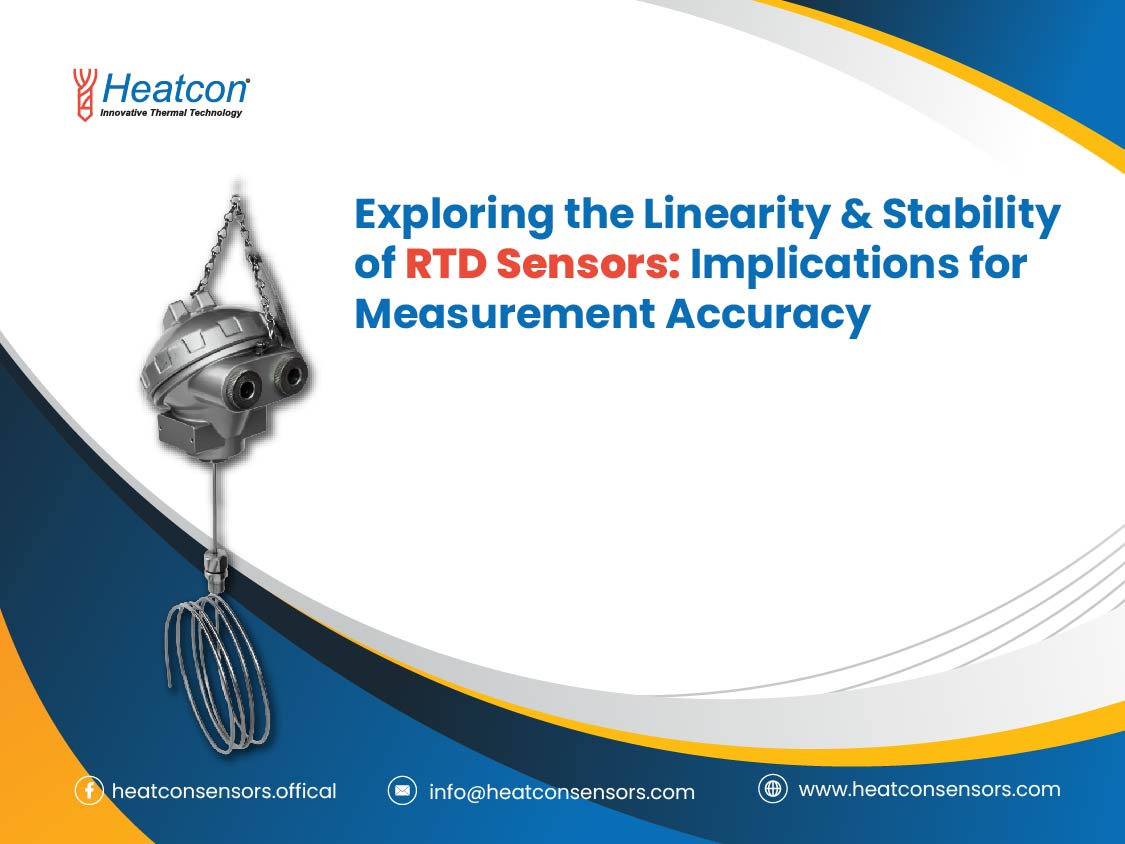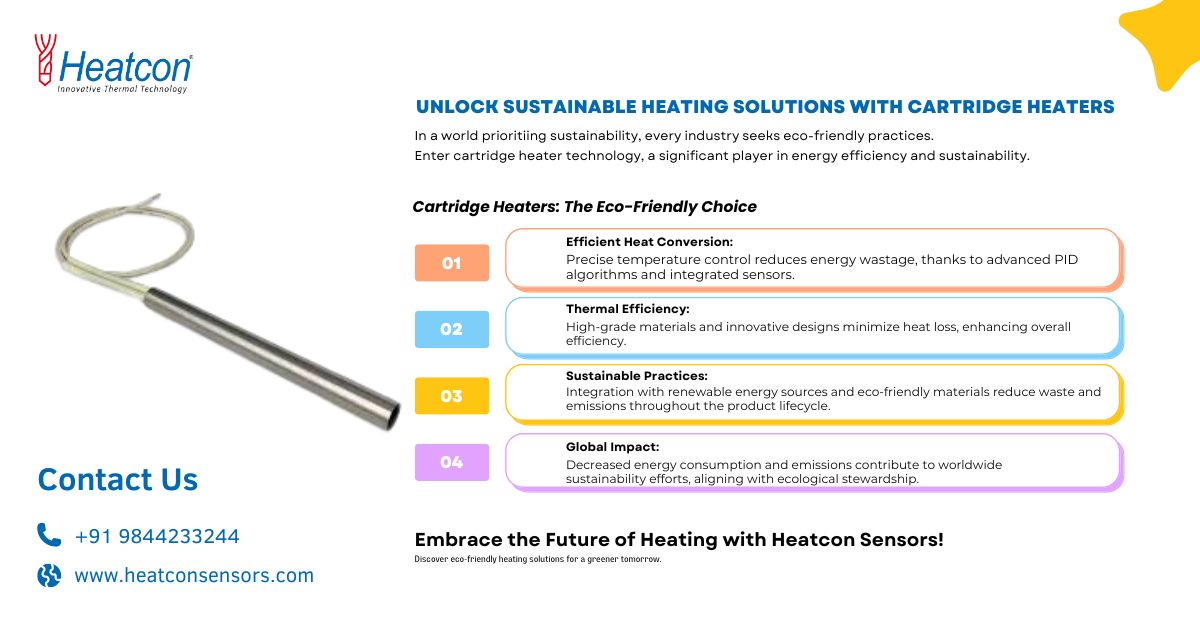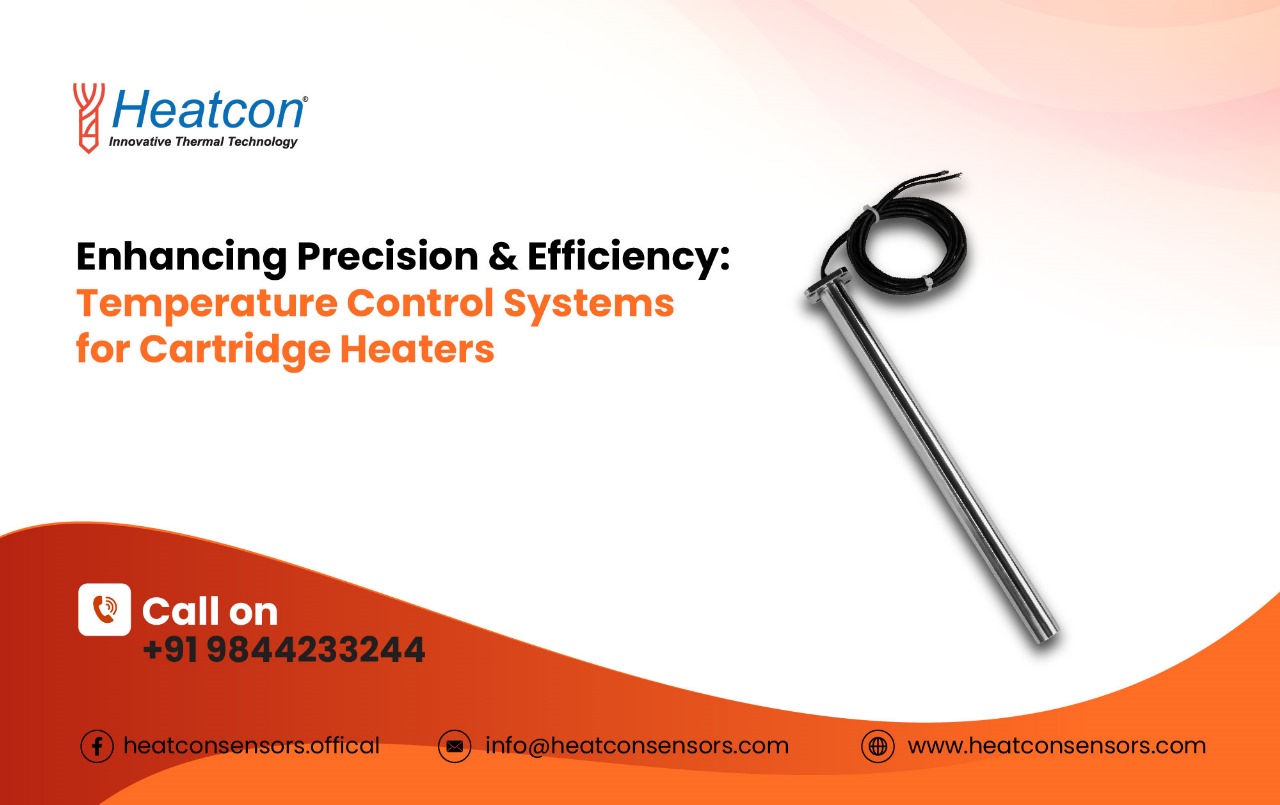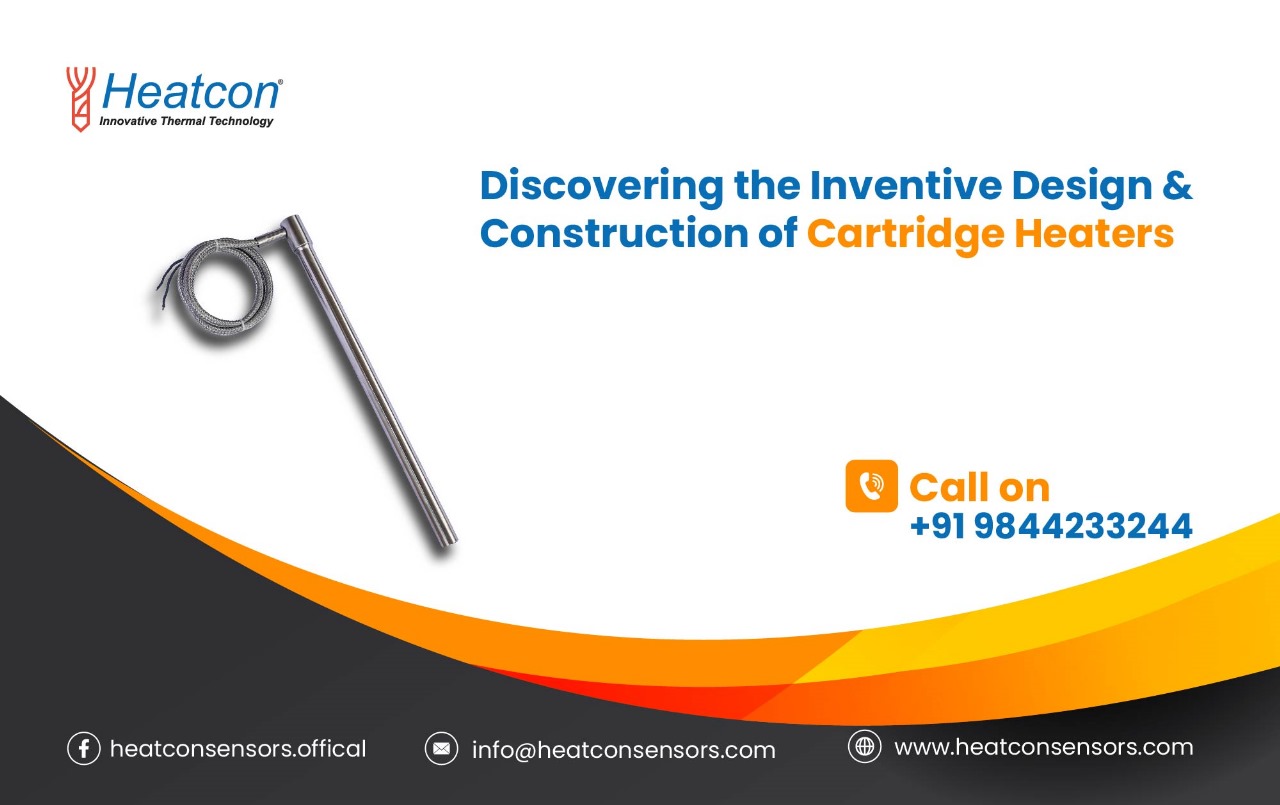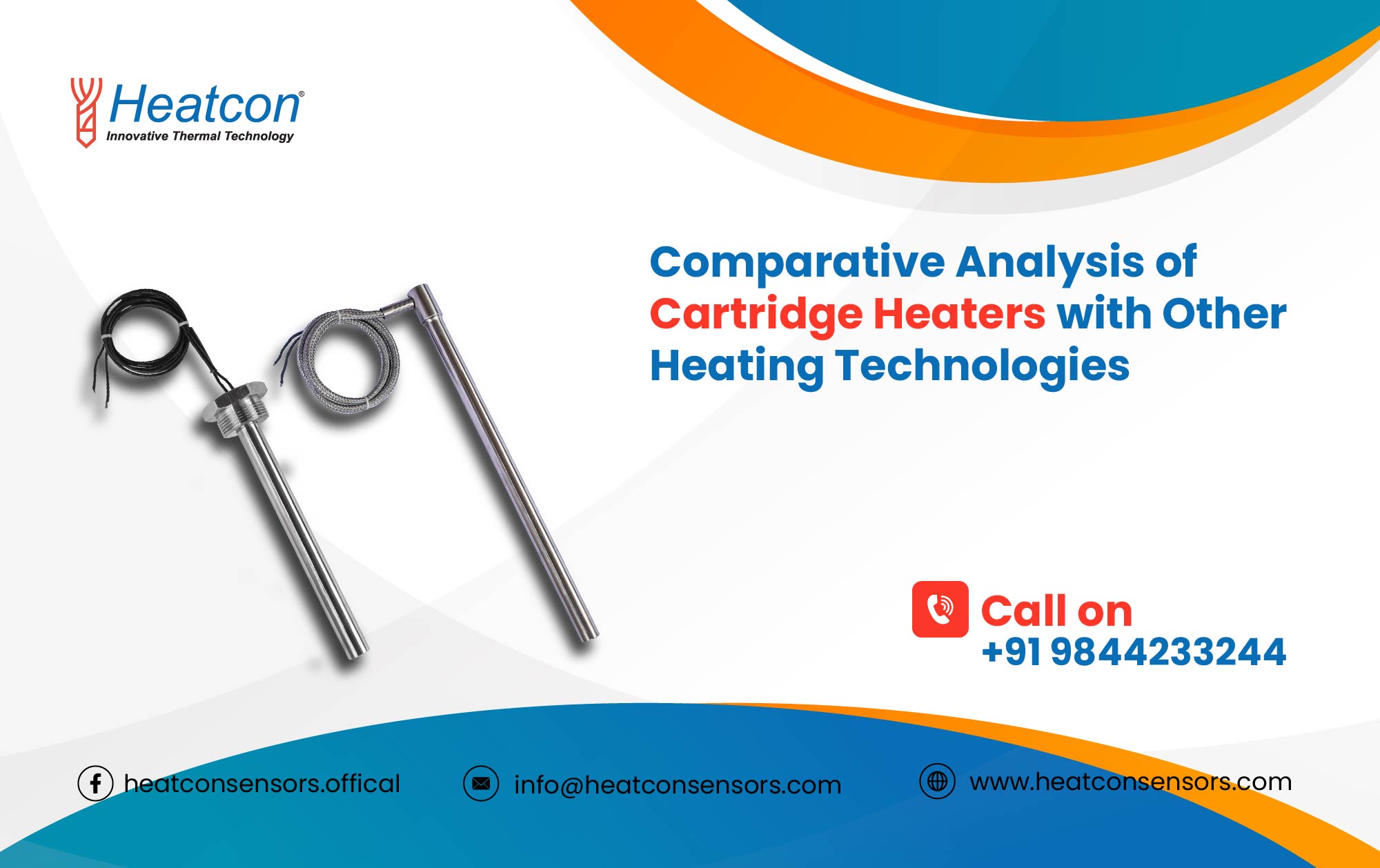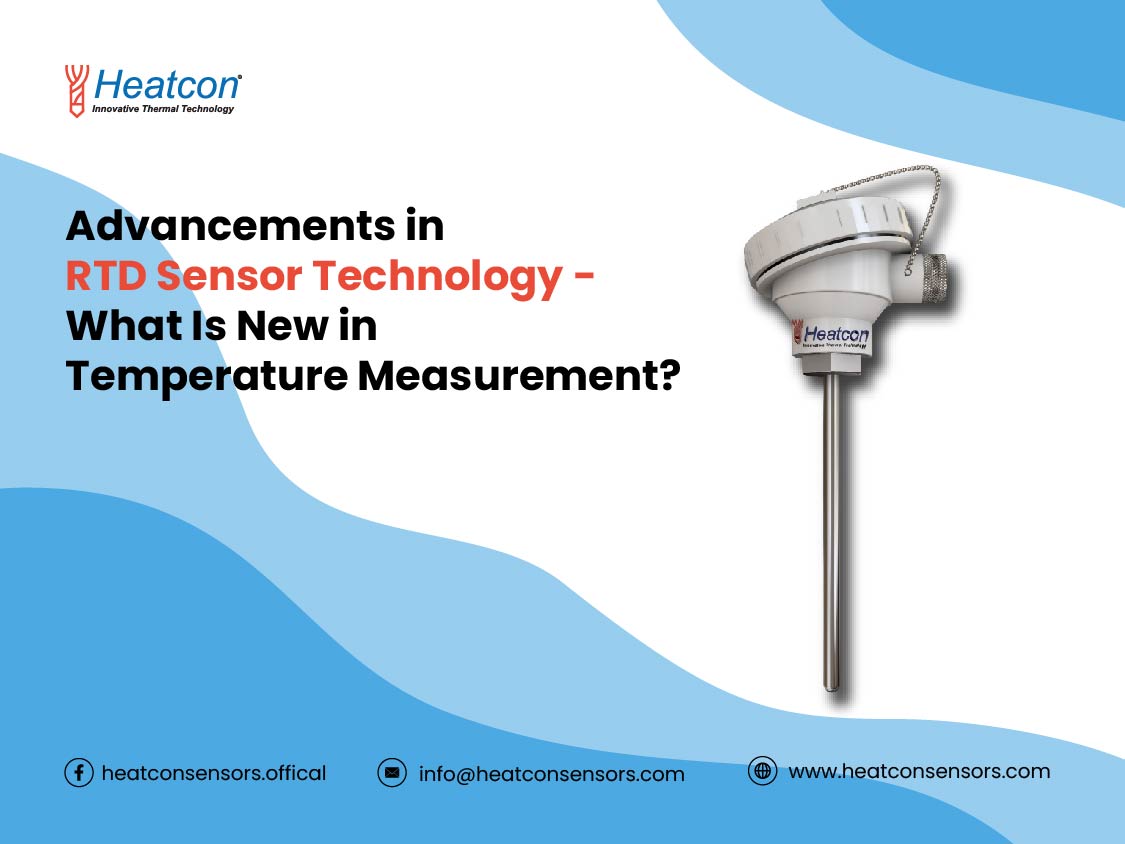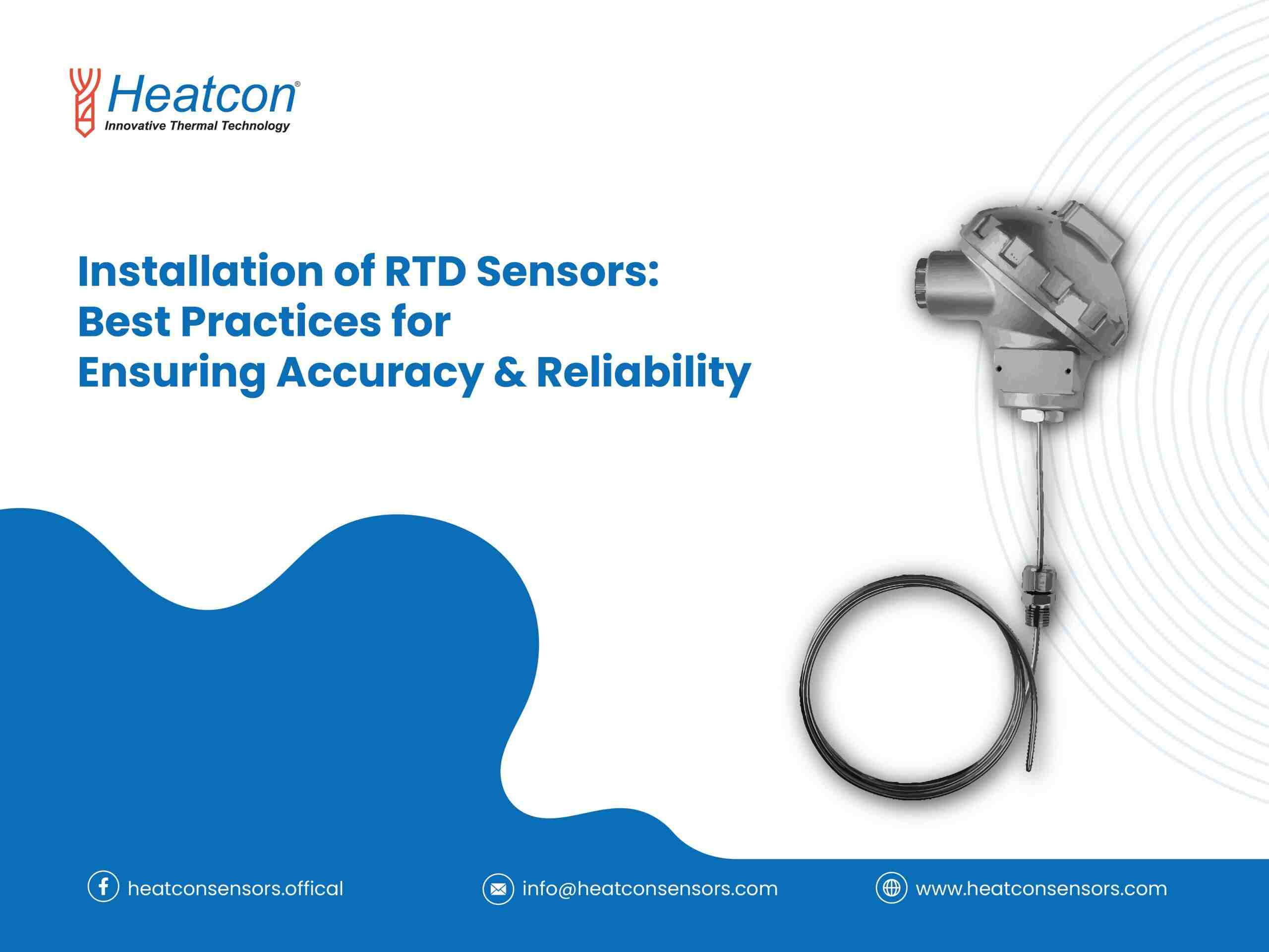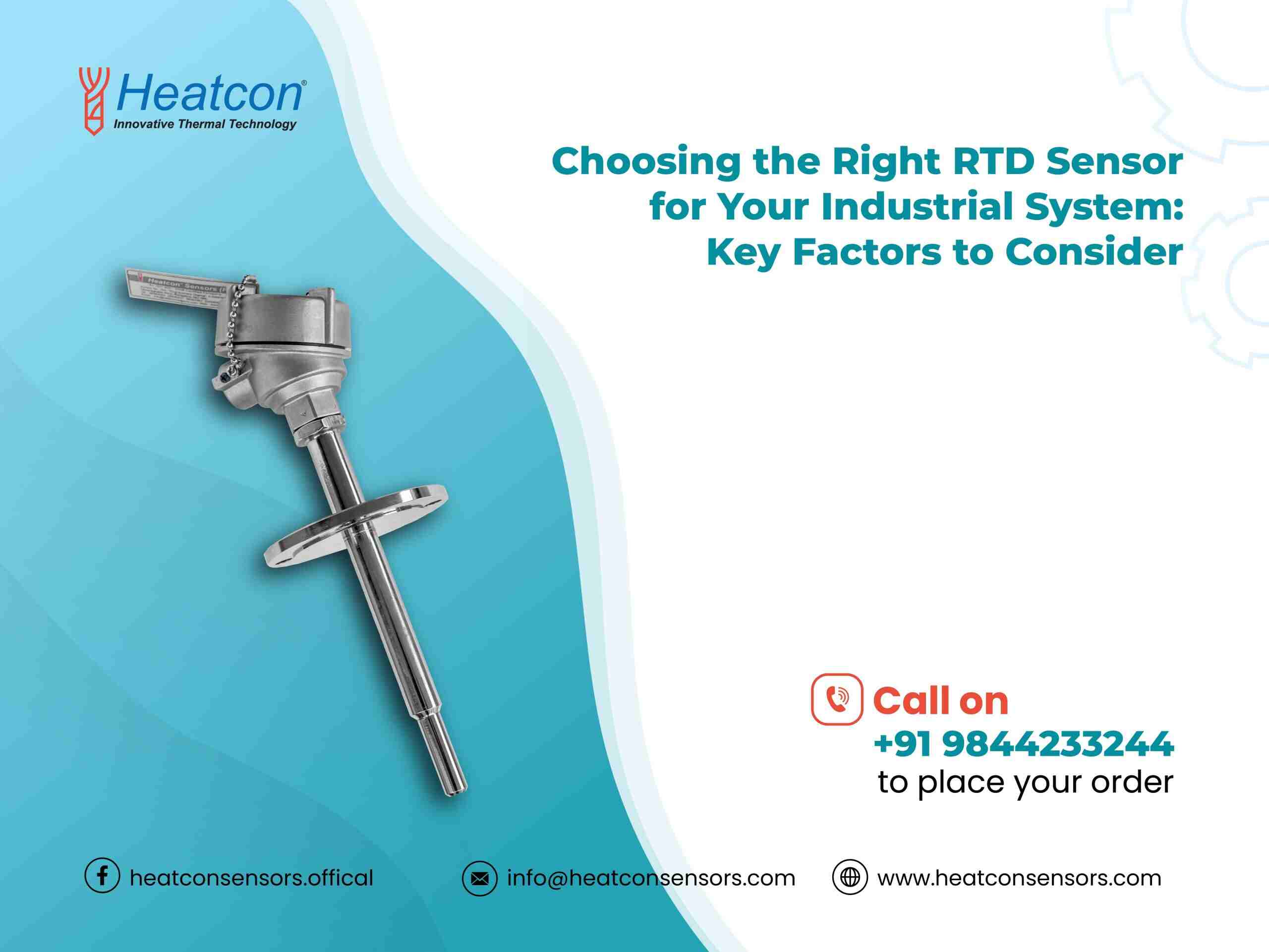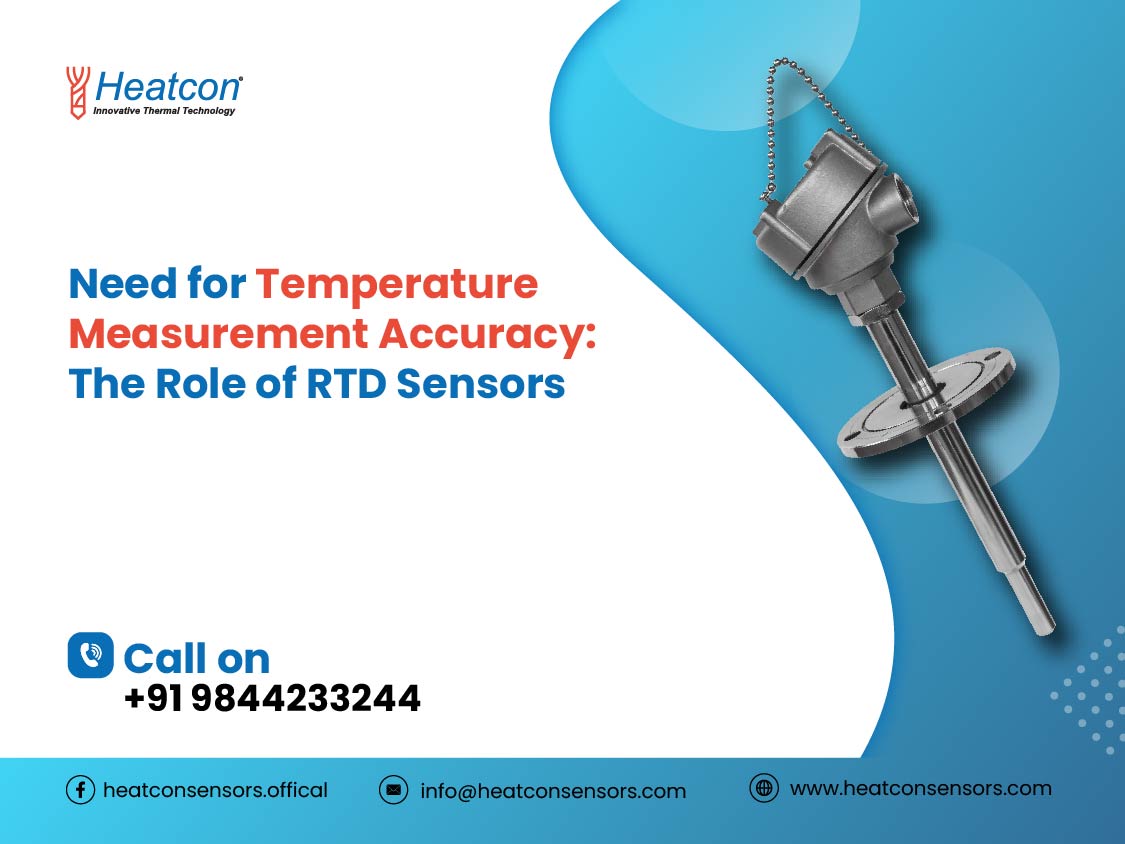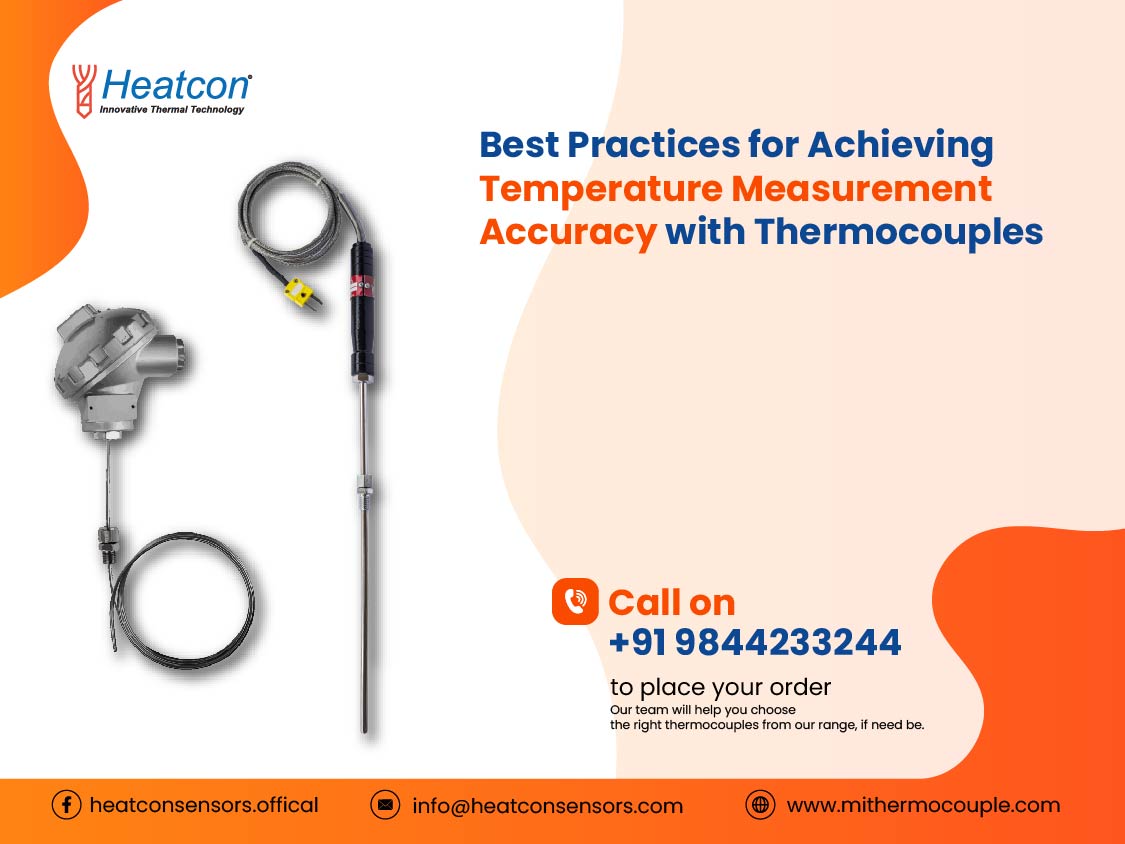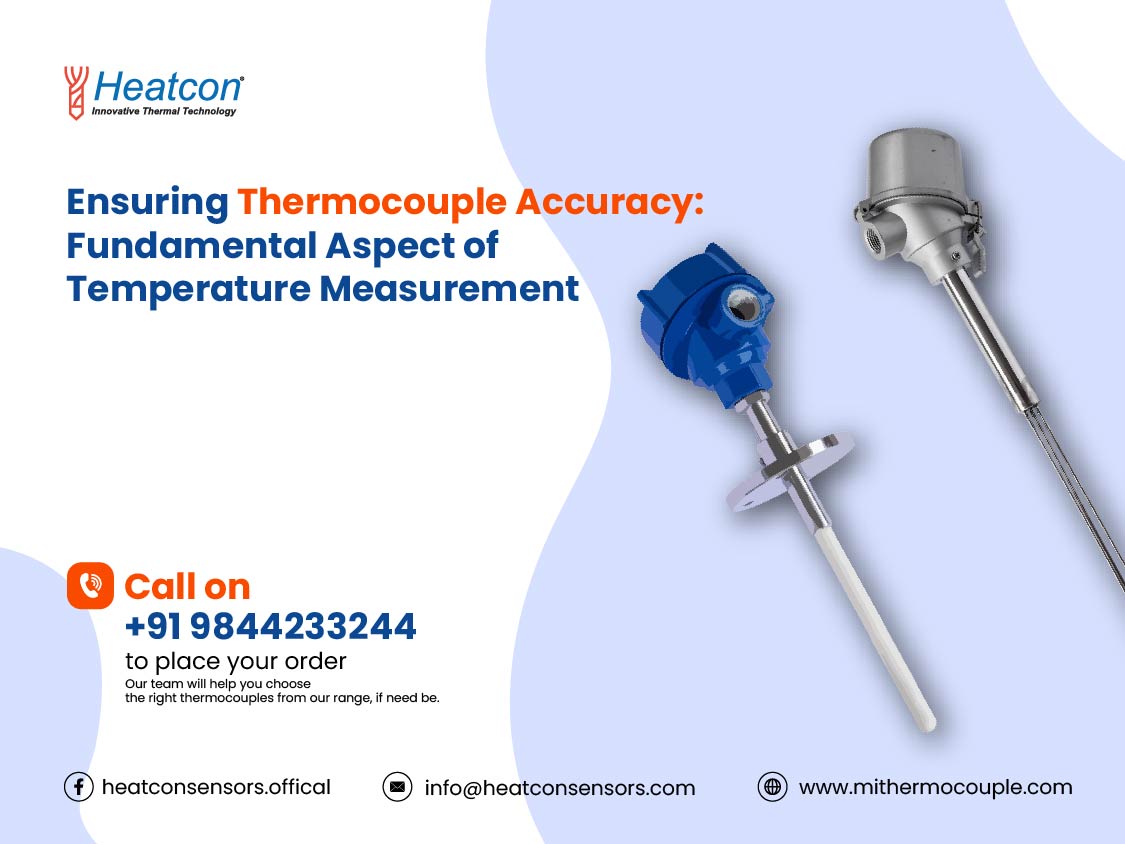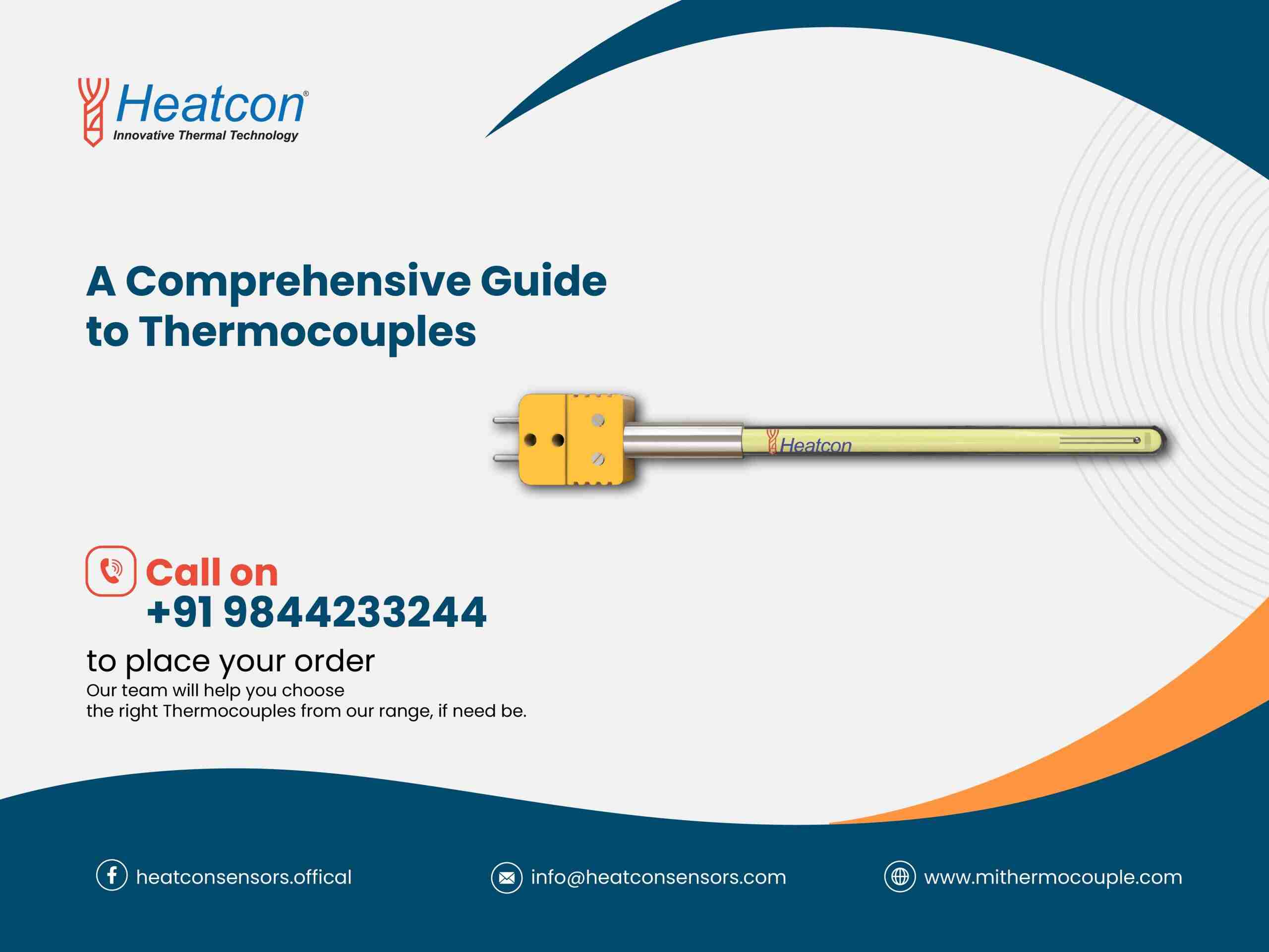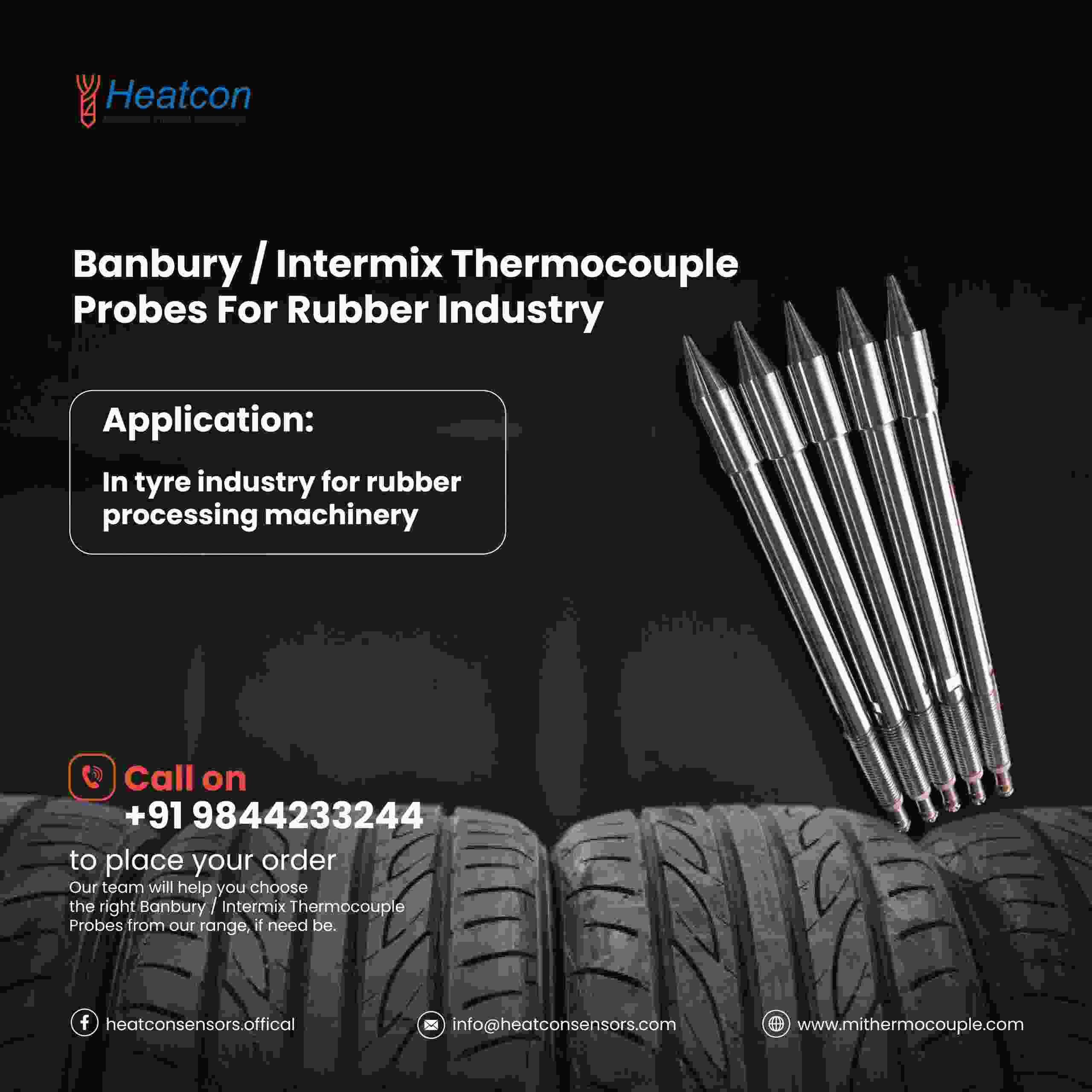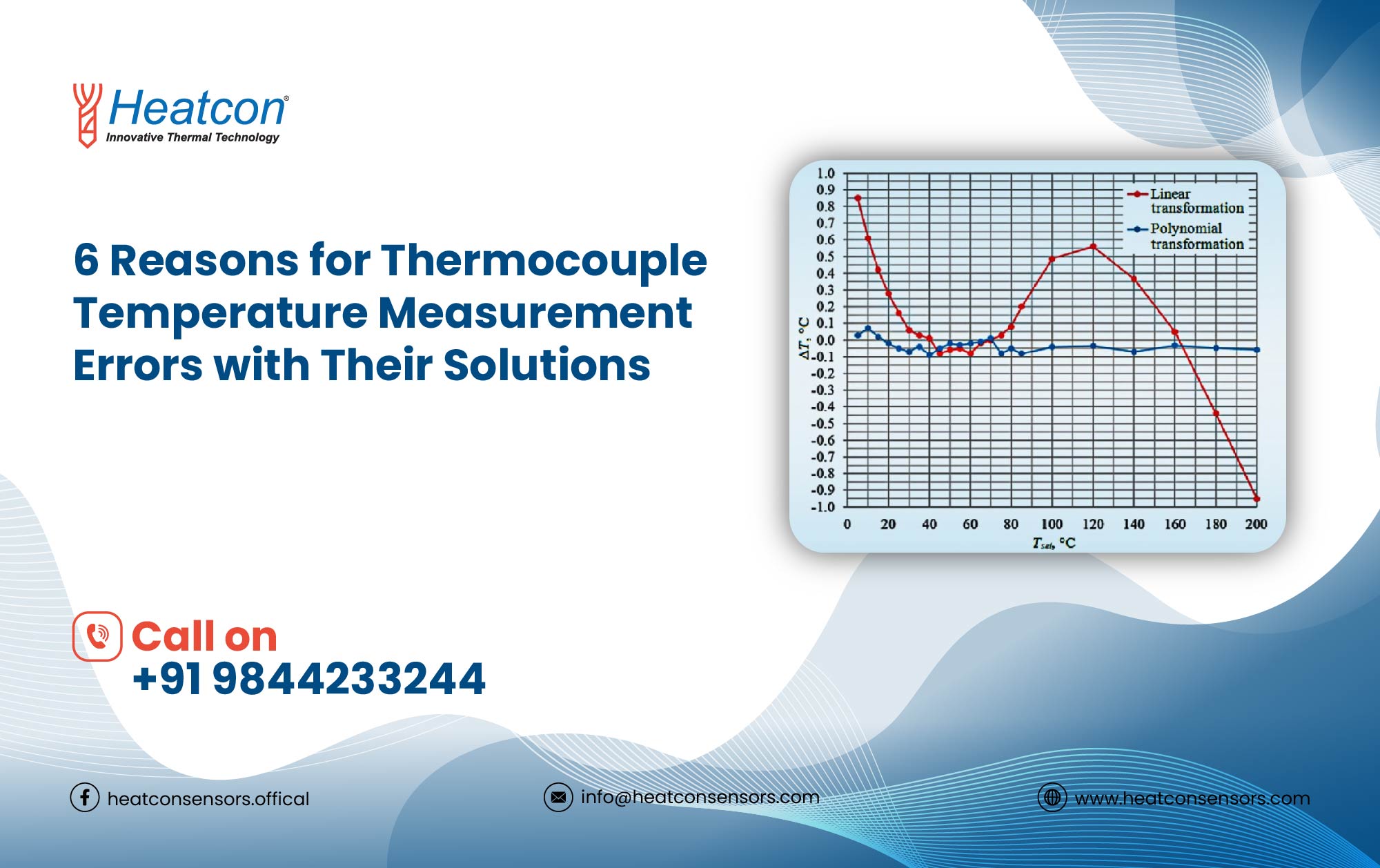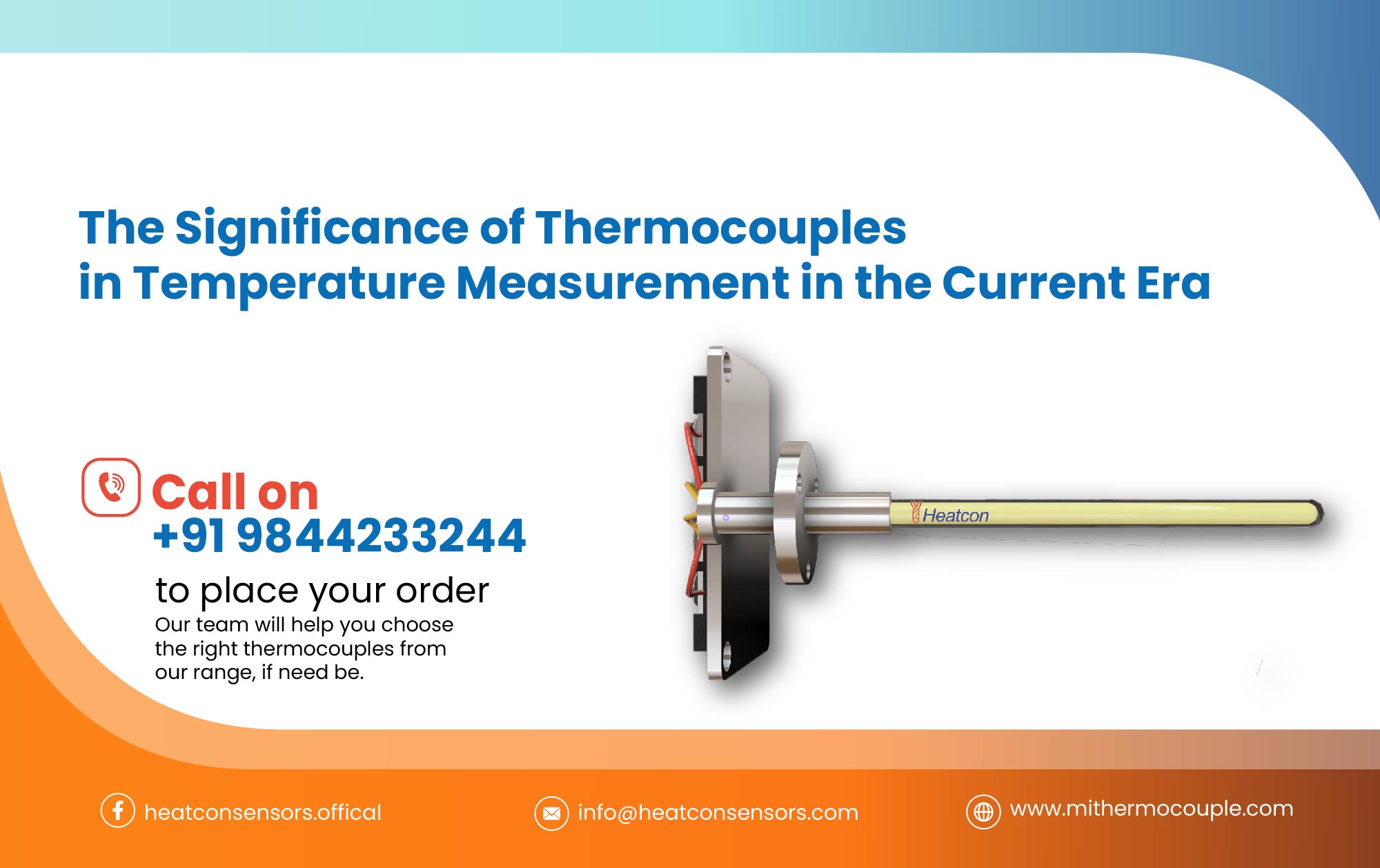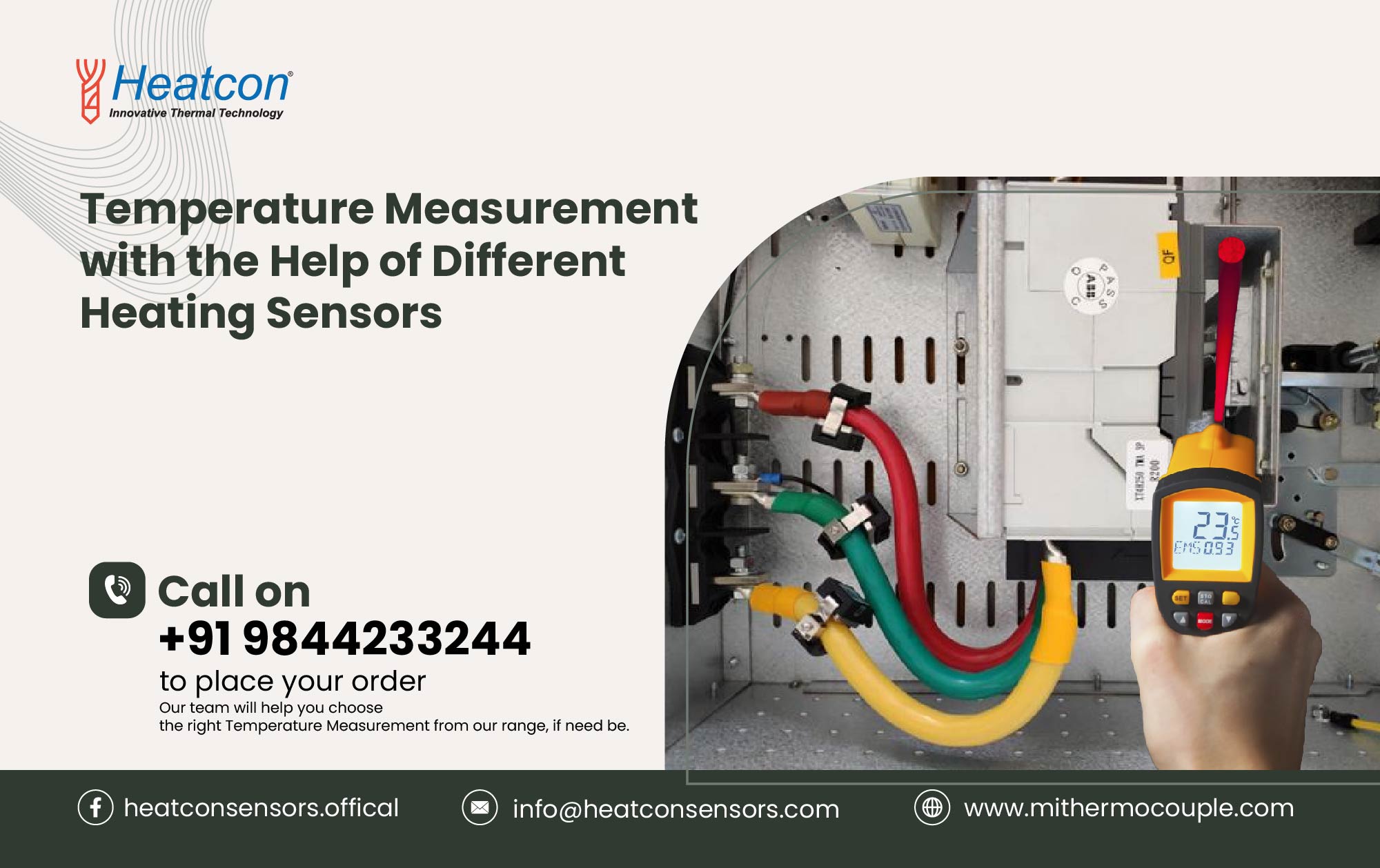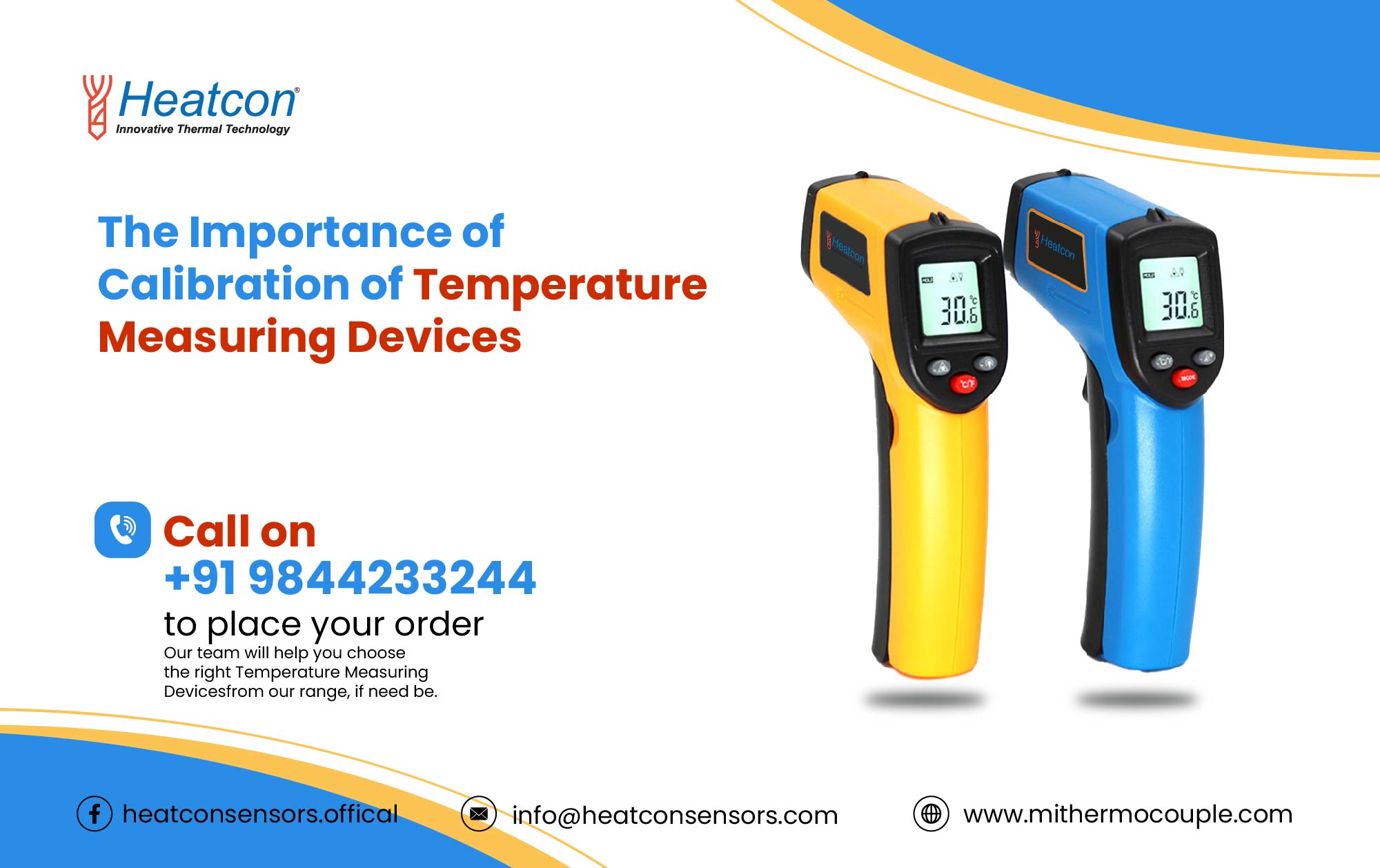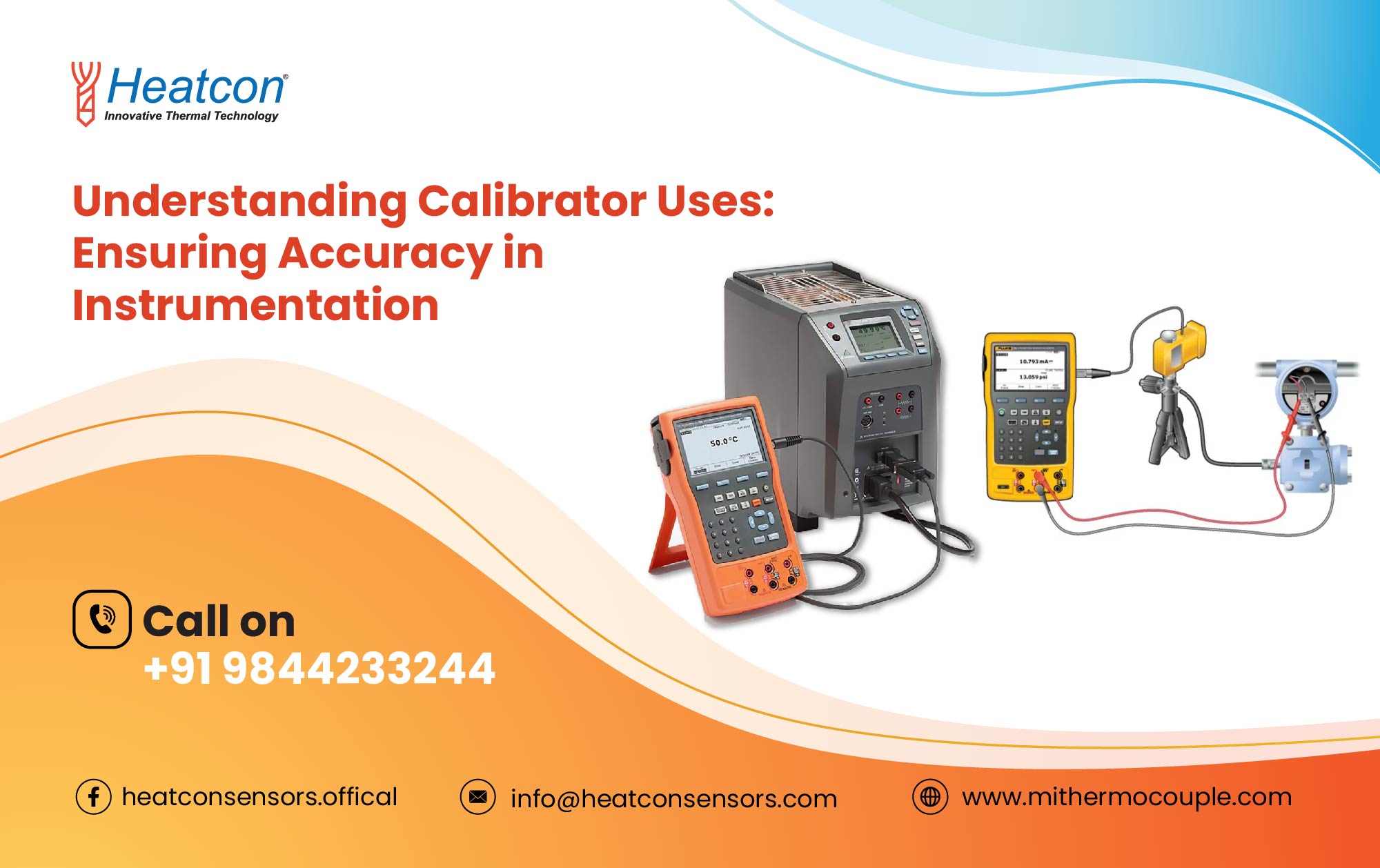A Deep Dive into Induction Heating Technology
Induction heating happens to be a modern & efficient method that is used across a number of industries for heating metals & other conductive materials. In the recent few years, the demand for induction heaters has surged exponentially. As per a 2021 market report, the global induction heating market had been valued at nearly US 1.7 billion dollars, which is anticipated to grow at a compound annual growth rate (CAGR) of 7.4 percent from the year 2022 to the year 2030. Such growth is driven by the widespread adoption of induction heating systems across industries like automotive, manufacturing, & metalworking. But how does an induction heater work, and why is it such an efficient method of heating?
What is Induction Heating?
Induction heating happens to be a process that is used to heat electrically conductive materials using electromagnetic energy. This differs from conventional heating in a way that the heat is generated inside the material rather than being applied externally. Such a method is commonly used for tasks like hardening, brazing, & forging metals. The key to its success lies in the induction of eddy currents within the material by the induction heating system that creates heat through the resistance of the material to the induced currents. The induction heating system has an induction power supply, which controls the frequency & power of the AC current. The current is passed through the induction heating coil. This generates a magnetic field, which induces heat in the material, making induction heating a highly efficient & controllable method of heating compared to conventional methods.
How Does Induction Heating Work?
Induction heating works through the process of electromagnetic induction, where an electrically conductive object is heated by exposing it to a changing magnetic field. Such a method has many benefits such as high efficiency, precision, & safety, making it ideal for tasks such as hardening metals, brazing, forging, & heat treatments. Let us explore the fundamental aspects of induction heating and how it generates heat efficiently.
Induction Heating Process
The induction heating process involves several stages. The 1st step is the creation of an electromagnetic heating by the induction heating coil. The coil is typically wound in a circular or helical shape, depending on the type of material & the specific application. The AC current is then passed through the coil, and the quickly altering magnetic field interacts with the conductive material. The material’s resistance to the eddy currents results in heat generation. The depth of the heat penetration depends on the frequency of the alternating current & the conductivity of the material. For instance, low-frequency currents generate heat near the surface of the material, while high-frequency currents penetrate deeper into the material. Once the material reaches the desired temperature, the induction power supply is adjusted to regulate the heat or to stop the process. The precision & control over temperature make induction heating especially beneficial for high-precision tasks such as hardening or tempering of metal components.
Induction Heating Working Principle
At its core, the induction heating working principle is based on the creation of a magnetic field by the induction heater’s coil. When a conductive material is placed within the electromagnetic field, the changing magnetic field induces electric currents inside the material. These currents, which are also known as eddy currents, flow through the material, generating heat in the process. The efficiency of this process of induction heating comes from the fact that the heat is generated directly within the material. Unlike conventional heating methods, which depend on external heat sources, induction heating eliminates the need for a separate heating element. The heat generation is concentrated in the material itself, resulting in energy savings & faster heating times.
Benefits of Induction Heating
One of the main benefits of induction heating is its ability to heat materials quickly & uniformly, allowing for accurate control over temperature that’s essential in industrial processes. Induction heaters are often used in applications like surface hardening, heat treatment of metals, metal melting, & other specialised applications in industries such as automotive, aerospace, & electronics.
What is an Induction Heater?
An induction heater is a device that utilizes electromagnetic heating to heat electrically conductive materials. The principle behind the operation of an induction heater lies in the generation of heat through the induction heating process. The main component of an induction heating system is the induction heating coil, which produces a high-frequency electromagnetic field that induces eddy currents within the material being heated. These eddy currents generate heat due to the resistance of the material, and the heat is concentrated within the object itself. This eliminates the requirement for any external heating elements or contact-based heating, making the process more efficient & versatile.
How Does an Induction Heater Work to Generate Heat Efficiently?
The efficiency of an induction heater can be attributed to its working principle. Essentially, an induction heater works by generating a high frequency alternating current (AC) in the induction heating coil. This AC passes through the coil, creating a rapidly changing magnetic field around it. When a conductive material, such as metal, is placed within this magnetic field, the changing magnetic field induces electric currents within the material. These currents, known as eddy currents, circulate through the material & create heat owing to the electrical resistance of the material. The heat generated by eddy currents depends on several factors, including the material’s electrical conductivity, magnetic permeability, & the frequency of the AC. The heat is generated directly within the material, meaning there is no energy lost to external heating elements, resulting in greater efficiency. Also, the ability to precisely control the intensity of the electromagnetic heating makes the process suitable for tasks needing highly accurate temperatures & heat patterns. Such a method of heating is both energy-efficient & precise, making it an ideal solution for industrial applications. The induction heater can focus heat on specific parts of the material without affecting the surrounding areas, which is important in operations like surface hardening or selective heating.
Induction Heater Applications
The applications of induction heaters are vast and varied. Some of the most common induction heater applications include the following:
- Hardening & Tempering: Induction heating is commonly used for surface hardening of metals such as steel. The process increases the hardness of the surface while maintaining the toughness of the core.
- Brazing: These heaters are used to heat materials to the required temperature for brazing applications, where metal parts are joined together by making use of a filler metal.
- Forging: Induction heating is used in the forging industry to heat metal parts before they are shaped using mechanical presses or hammers.
- Metal Melting: These heaters are utilised to melt metals in induction furnaces for casting applications in industries such as aerospace & automotive.
Electromagnetic Heating
Electromagnetic heating is the principle behind induction heating, where heat is generated by the interaction of an alternating magnetic field with a conductive material. The material’s resistance to the induced eddy currents results in heat generation. Such a method is highly efficient & precise, making it suitable for many industrial applications.
Induction Heating Coil
The induction heating coil is the component of the induction heating system, which creates the electromagnetic field used to heat the material. The coil is made from copper or other conductive material. It is designed to handle high-frequency currents. The coil’s shape & size are tailored to the specific heating requirements, allowing for precise control over the heating process.
Induction Power Supply
The induction power supply is responsible for supplying the high frequency alternating current to the induction heating coil. The power supply can be adjusted to control the frequency & power of the current, which in turn affects the depth of heat penetration & the heating speed. The ability to control the power supply allows for high precision in industrial heating processes.
Industrial Induction Heating
Industrial induction heating refers to the use of induction heaters in big-scale industrial processes like metalworking, heat treatment, & material processing. The technology is favoured for its precision, efficiency, & ability to heat materials without direct contact. Industries like automotive manufacturing, aerospace, & electronics largely gain from this high-speed & energy-efficient heating provided by industrial induction heating systems.
Procure Induction Heater from Heatcon Sensors
Now you know how does an induction heater work! So, if you are looking for top-quality induction heaters & induction heating systems, Heatcon Sensors presents the best solutions for all your industrial heating needs. With cutting-edge technology & an emphasis on efficiency, our induction heaters are designed to meet the most demanding applications. Visit us to explore our range of induction heating products and get in touch with our experts to procure the best solutions for your heating requirements.






